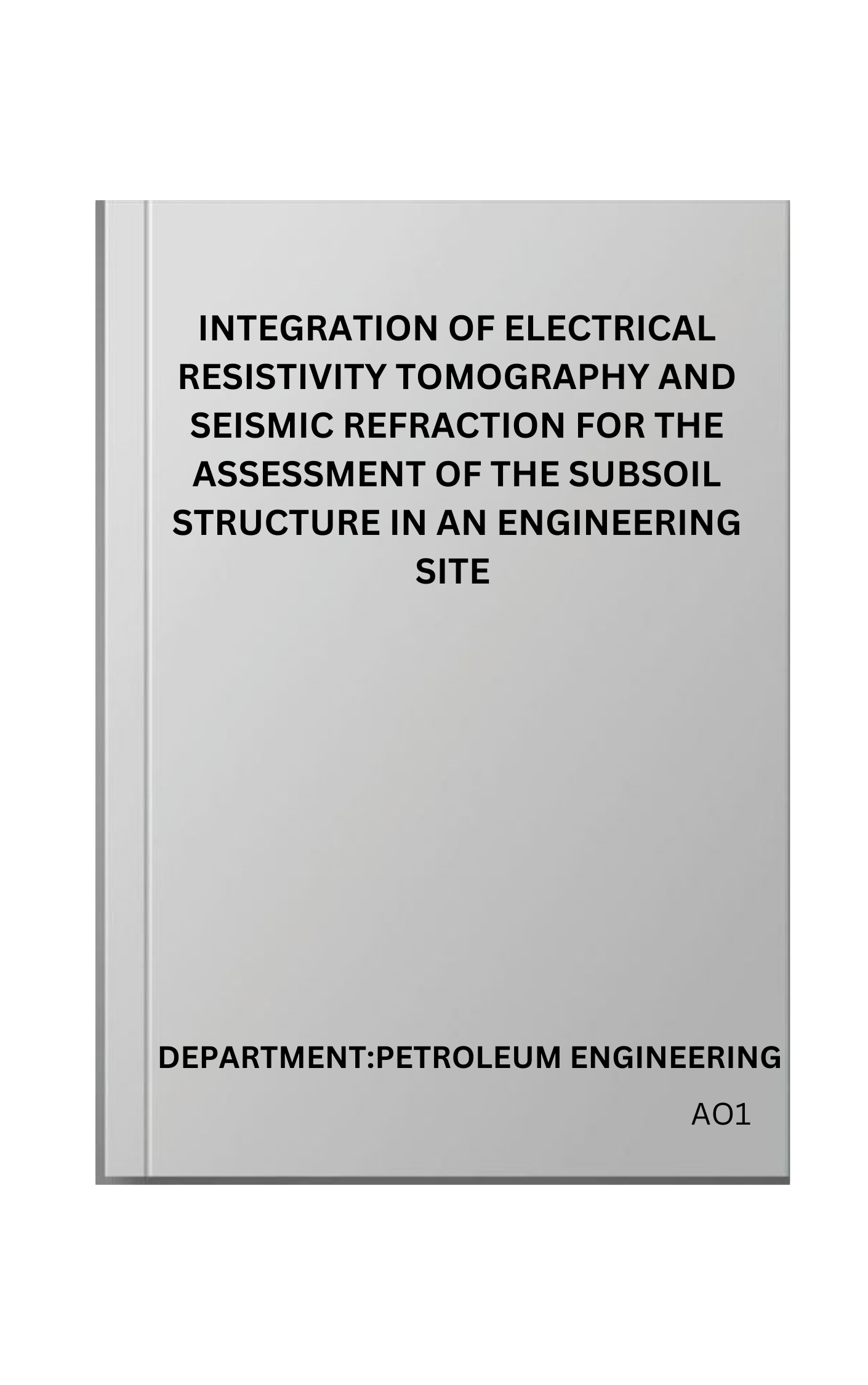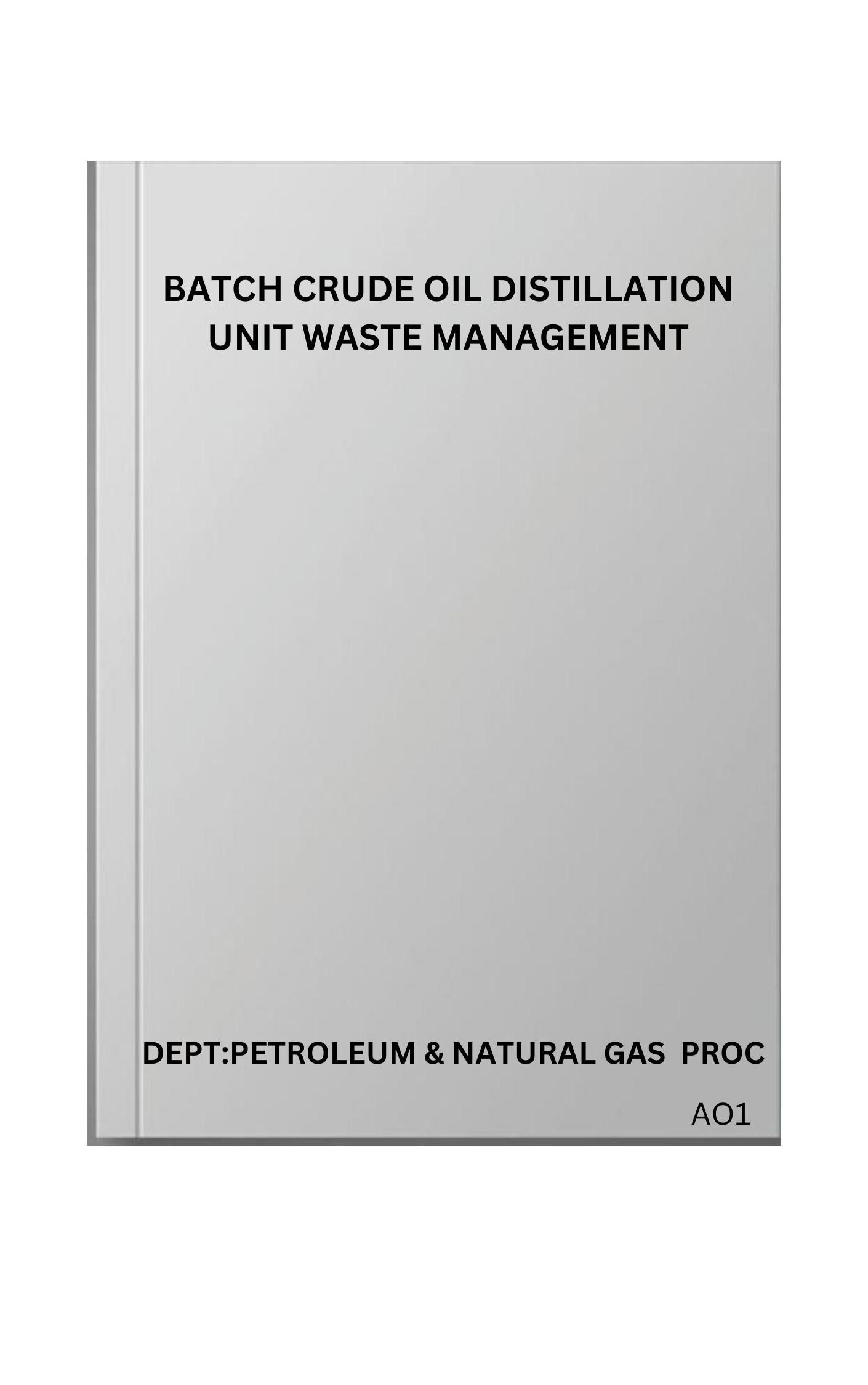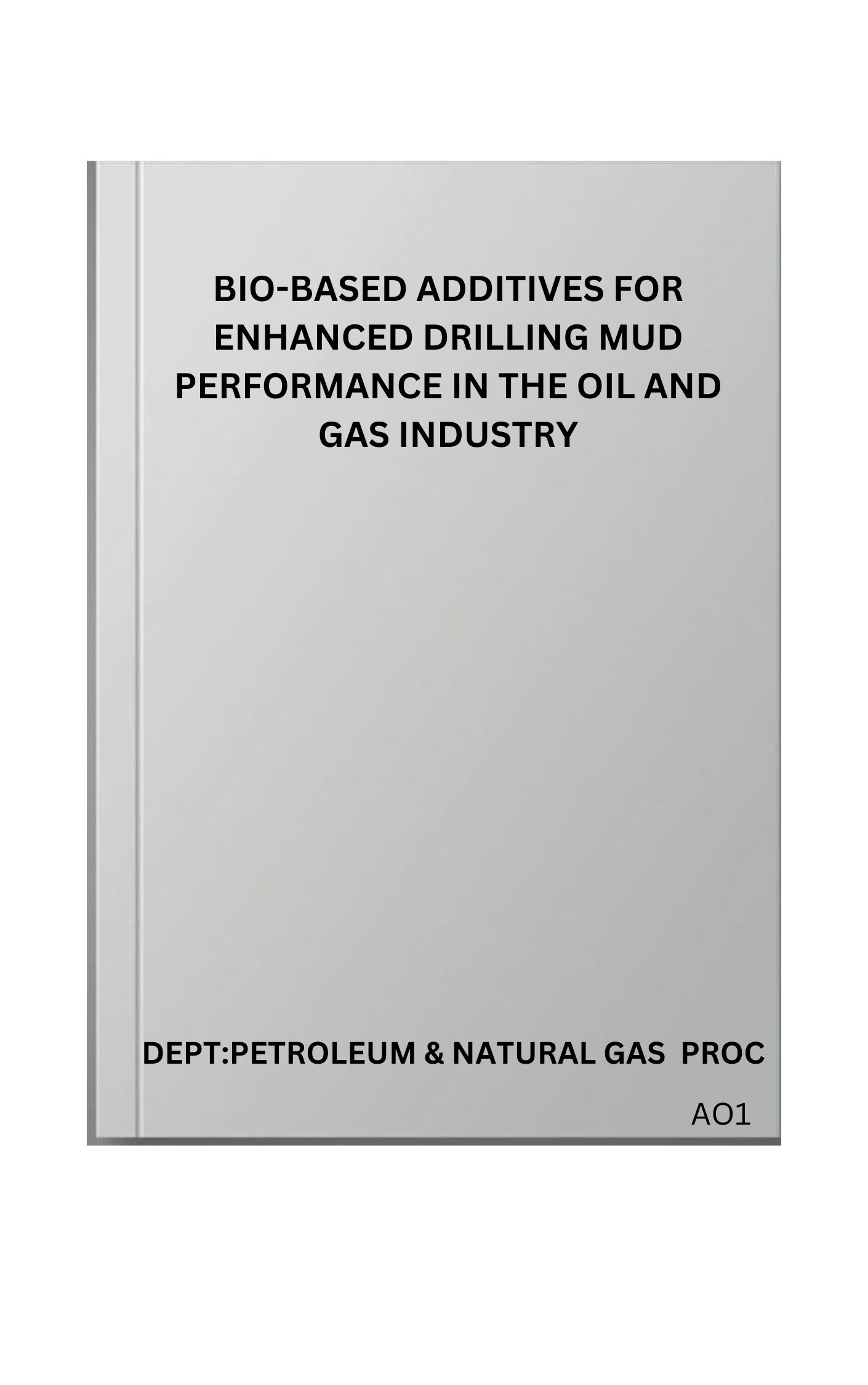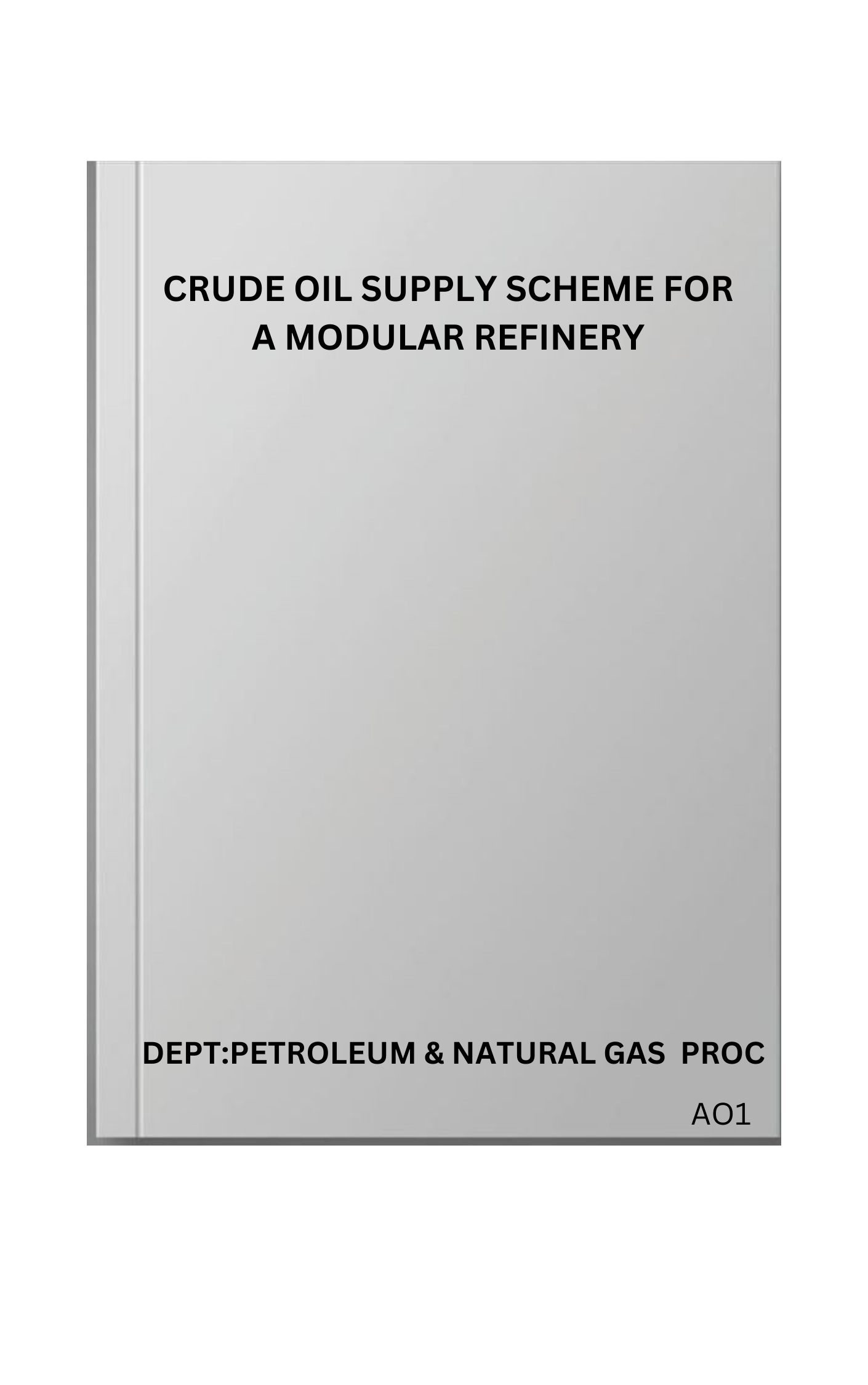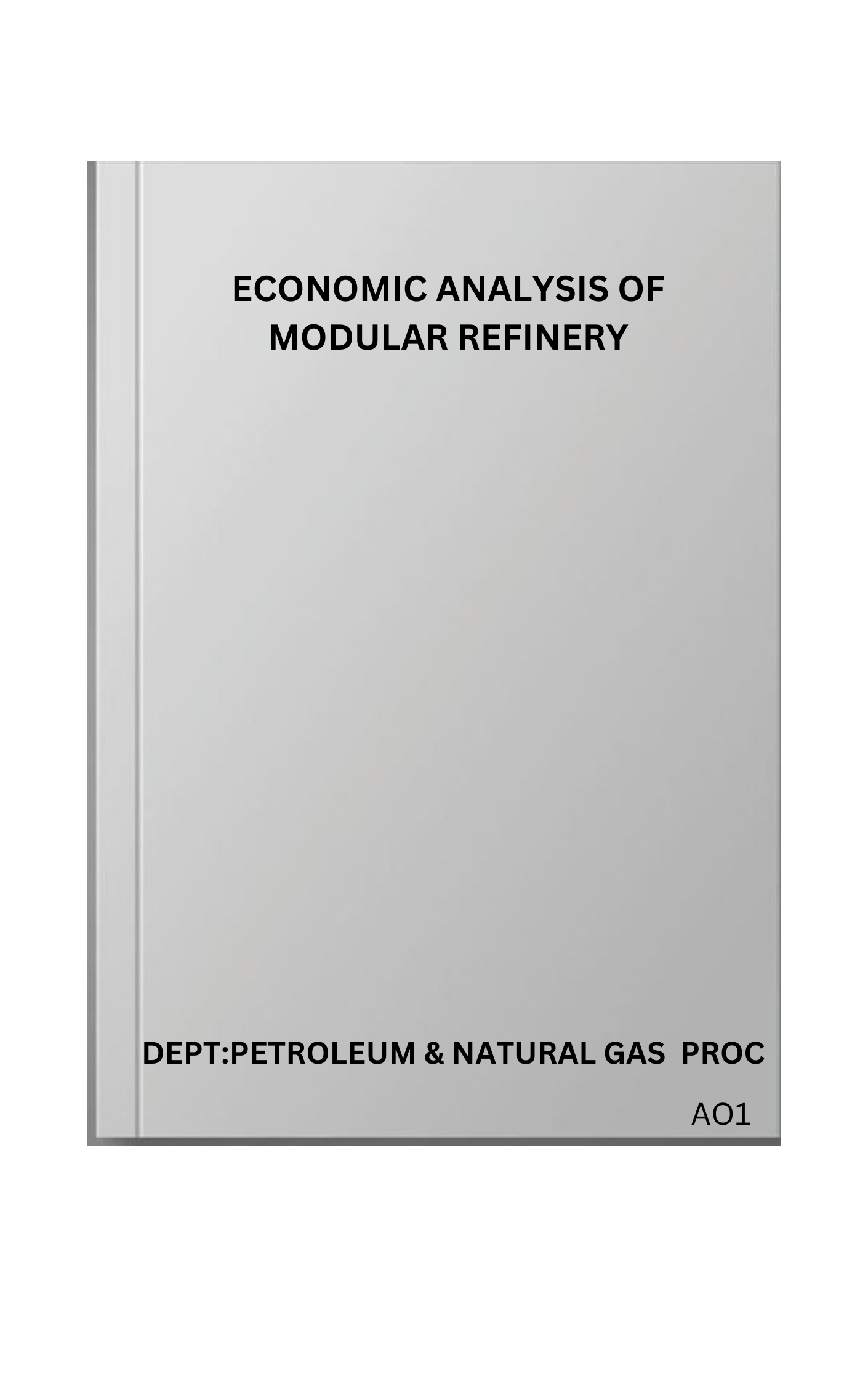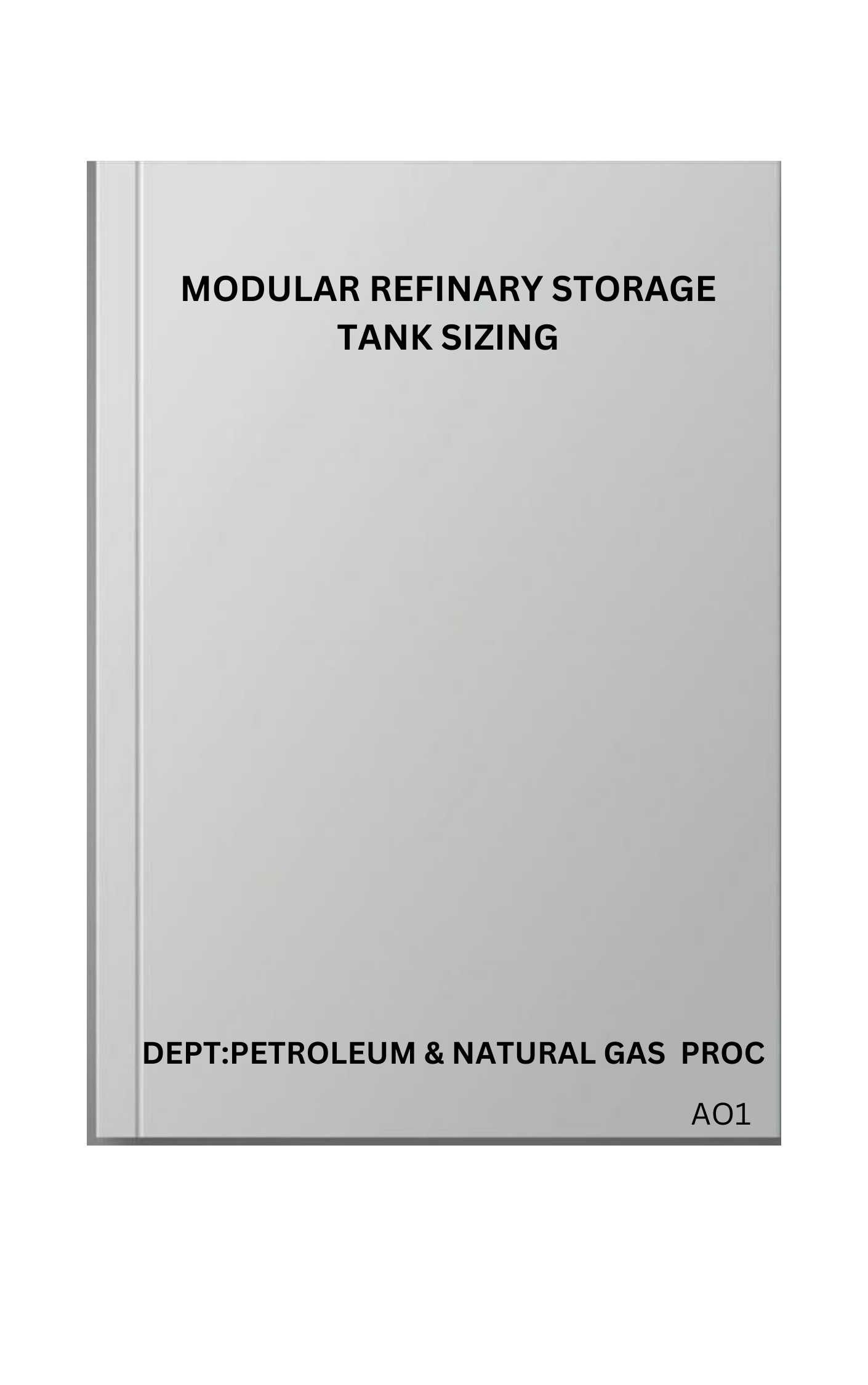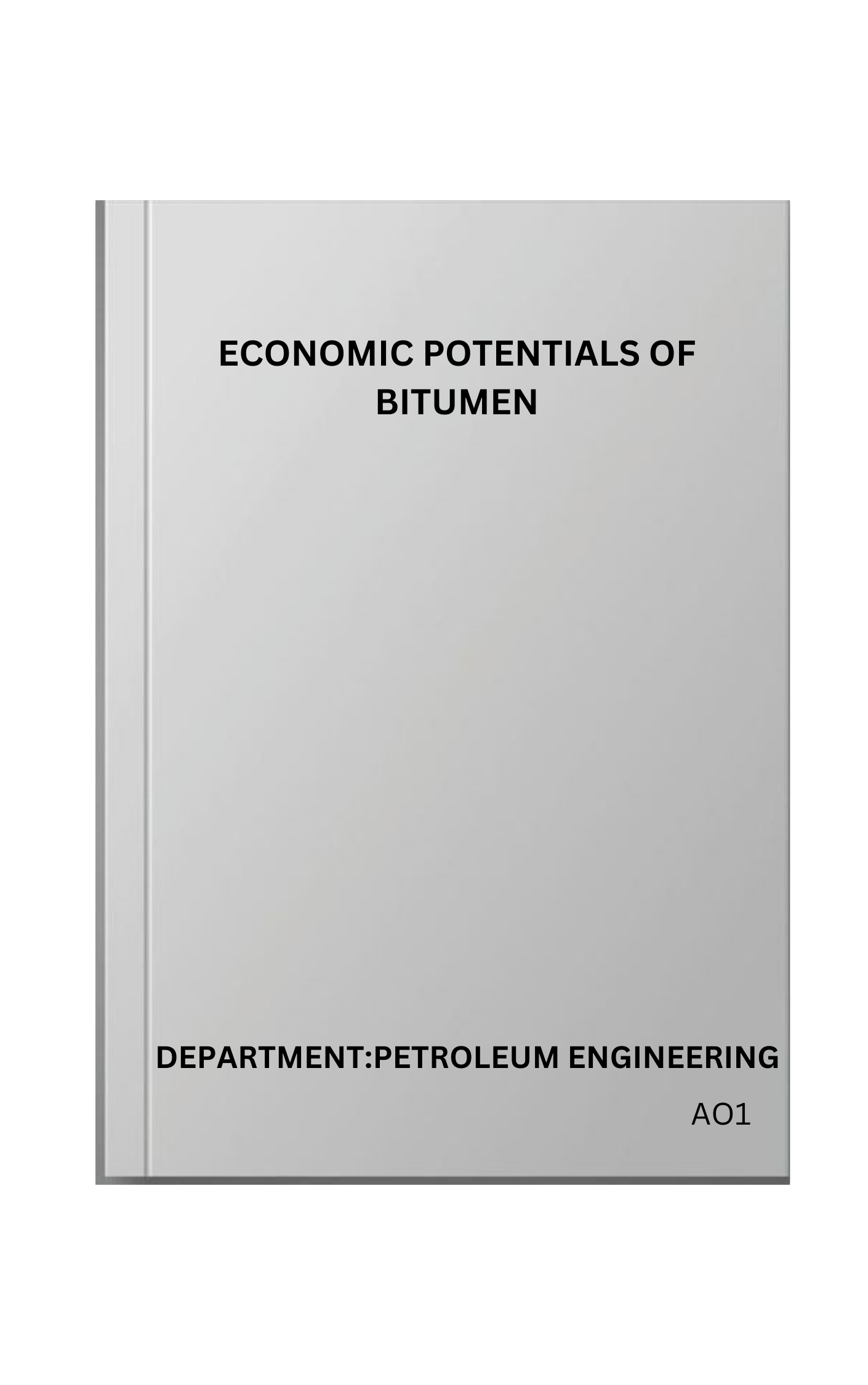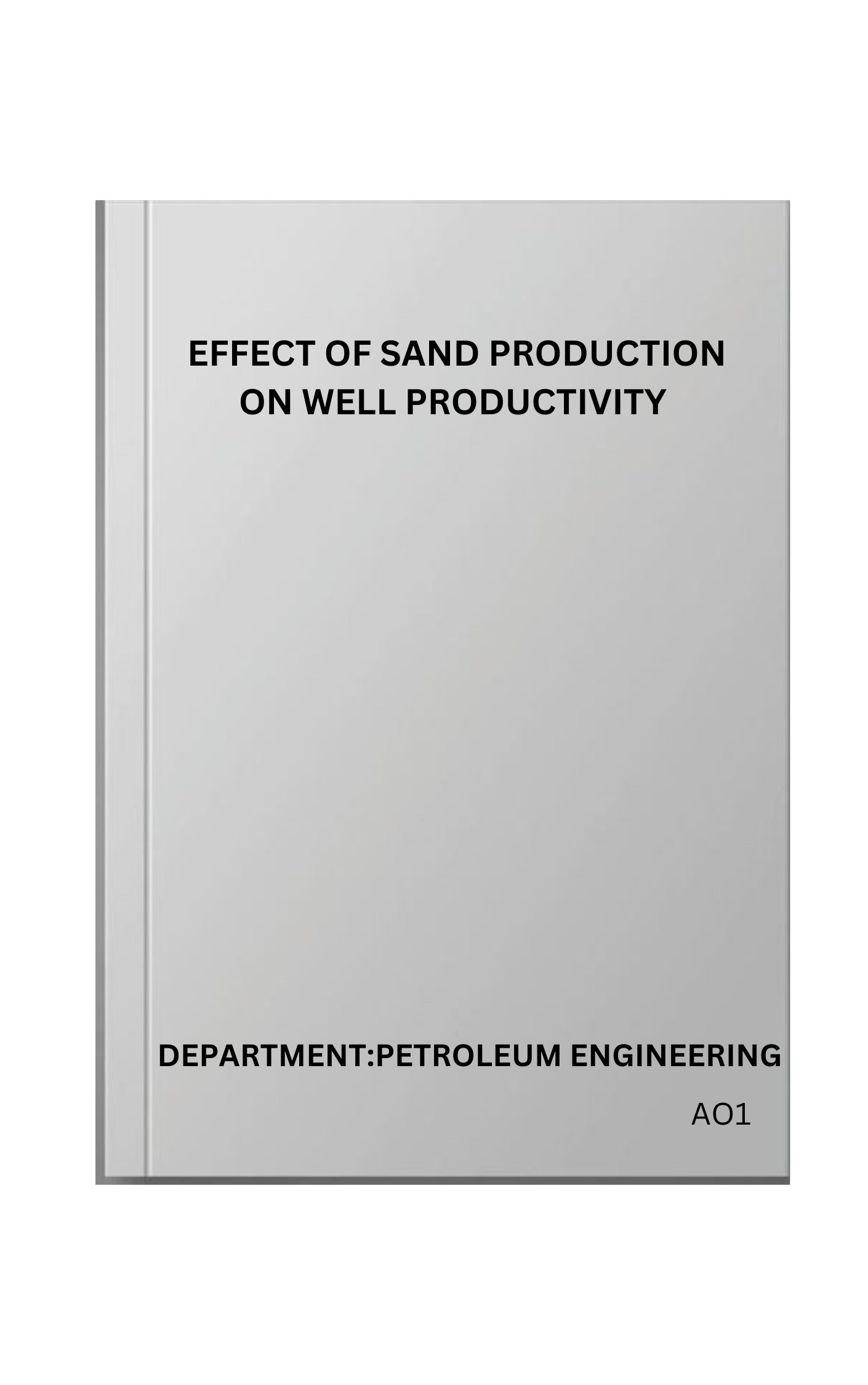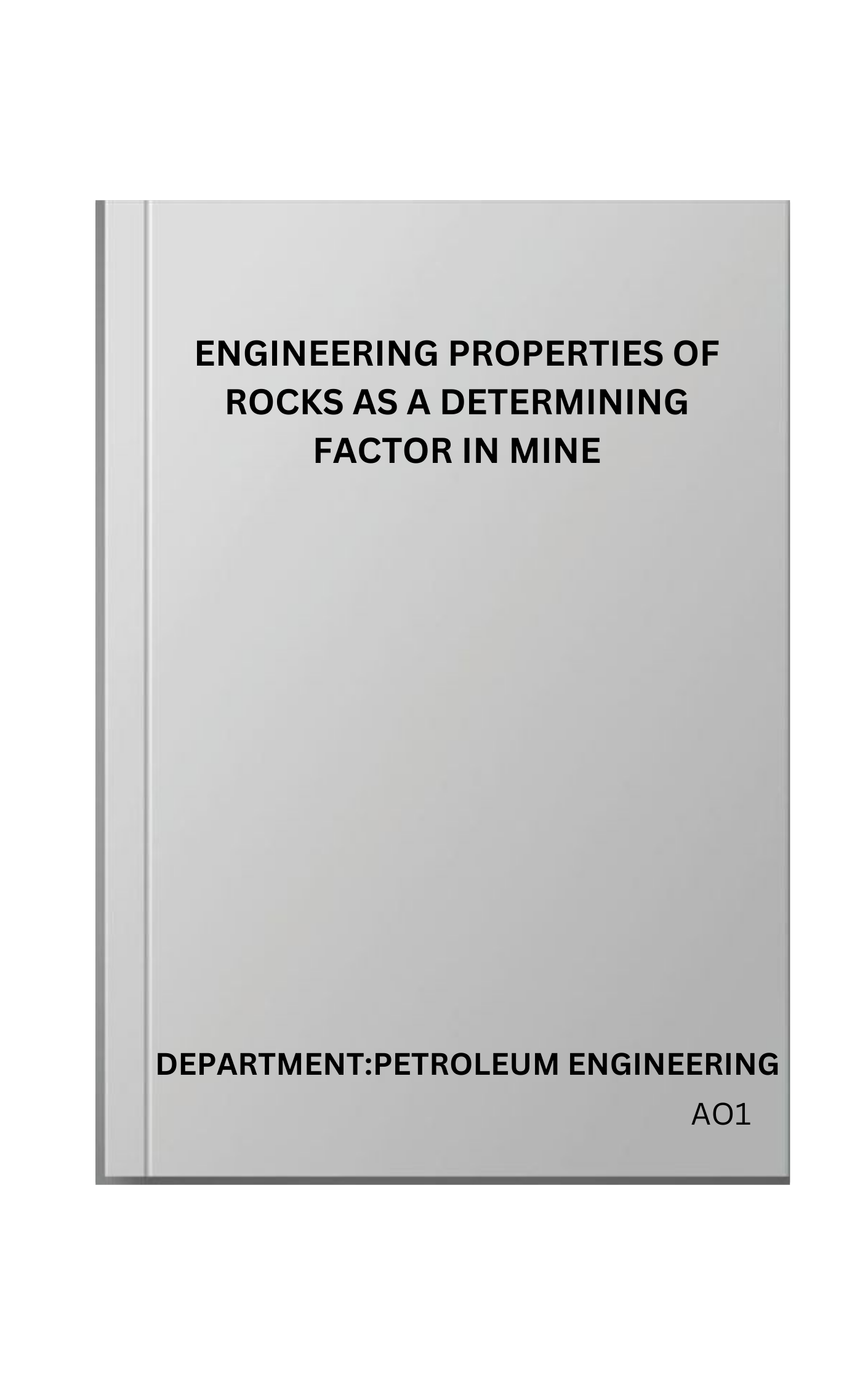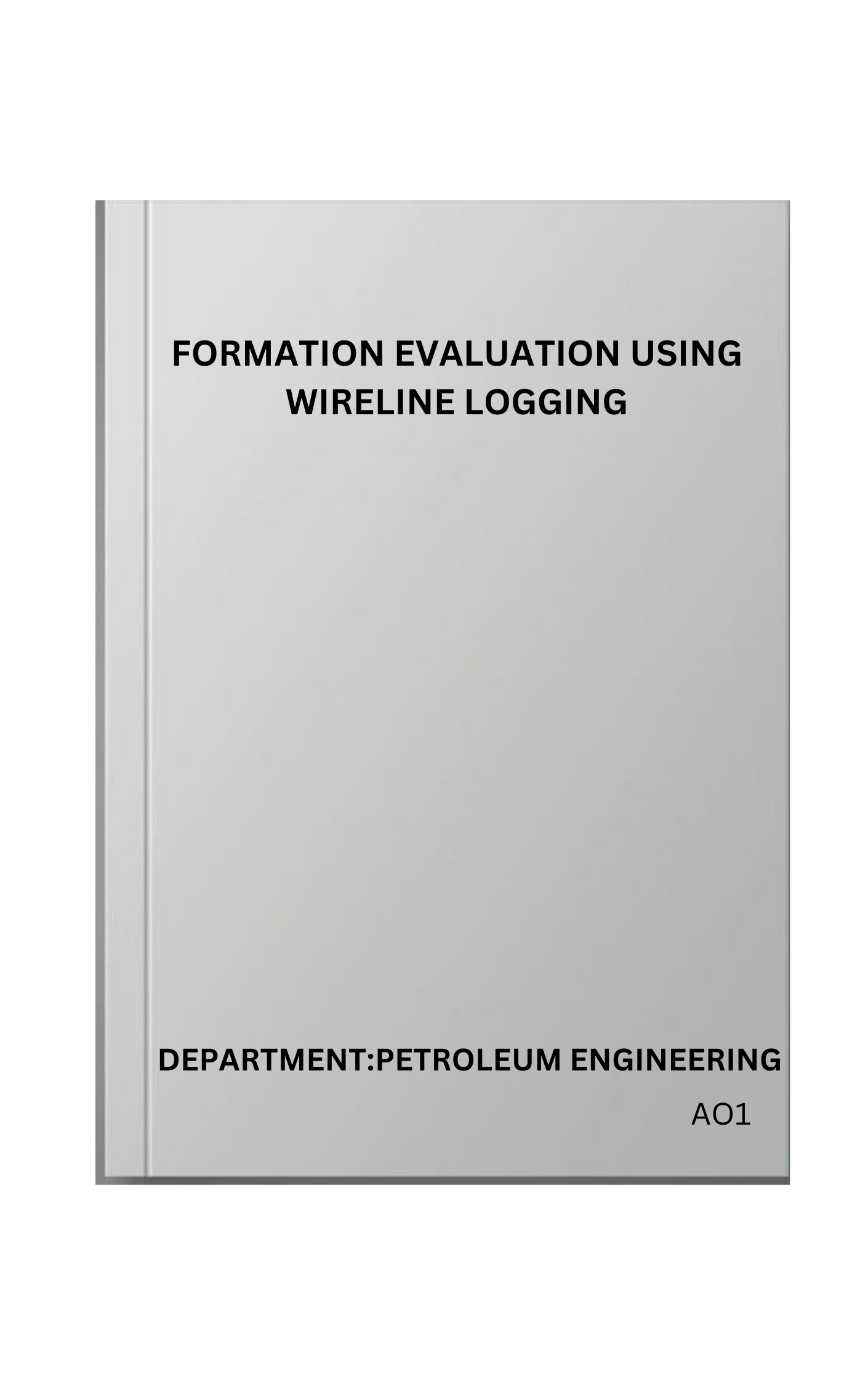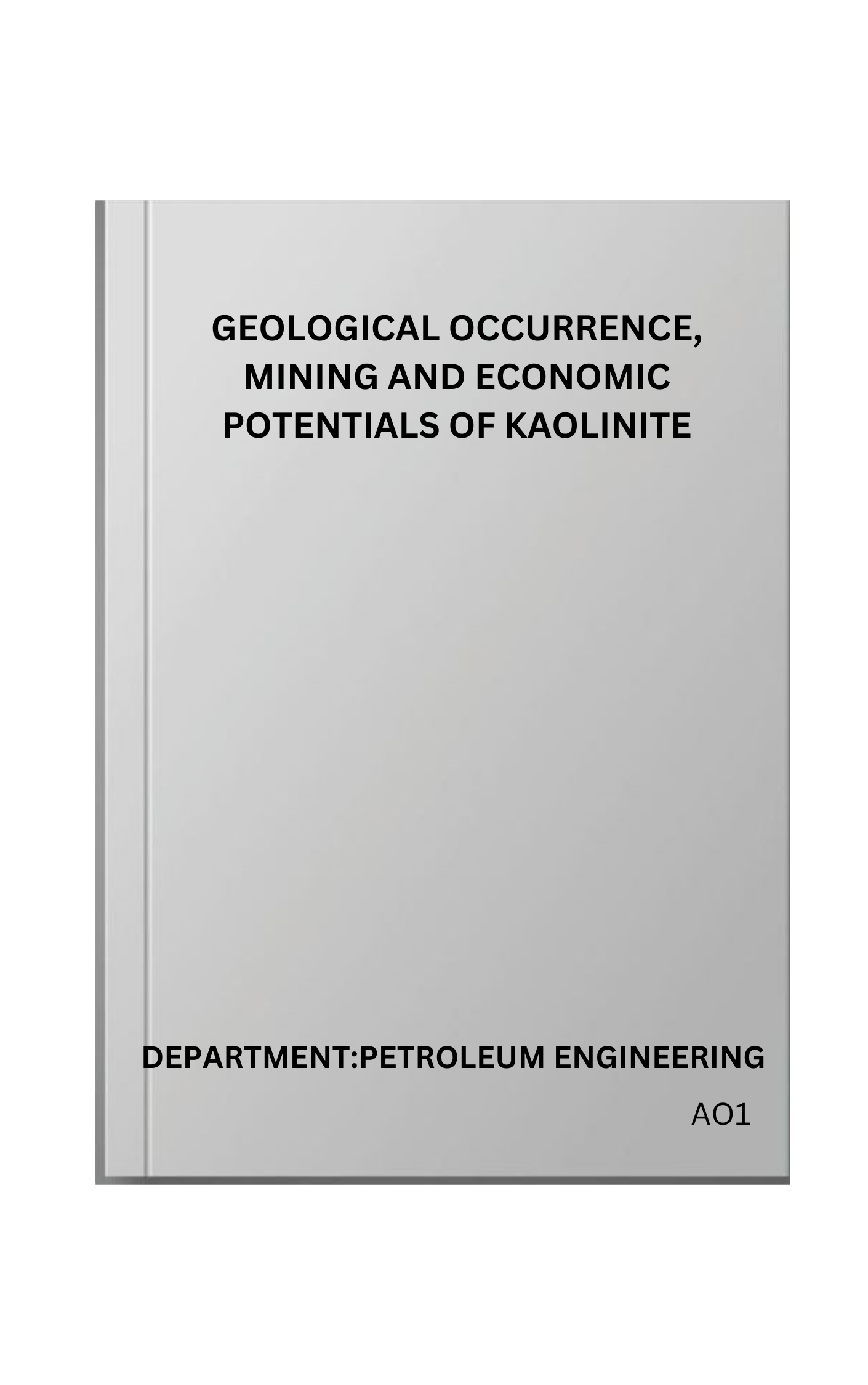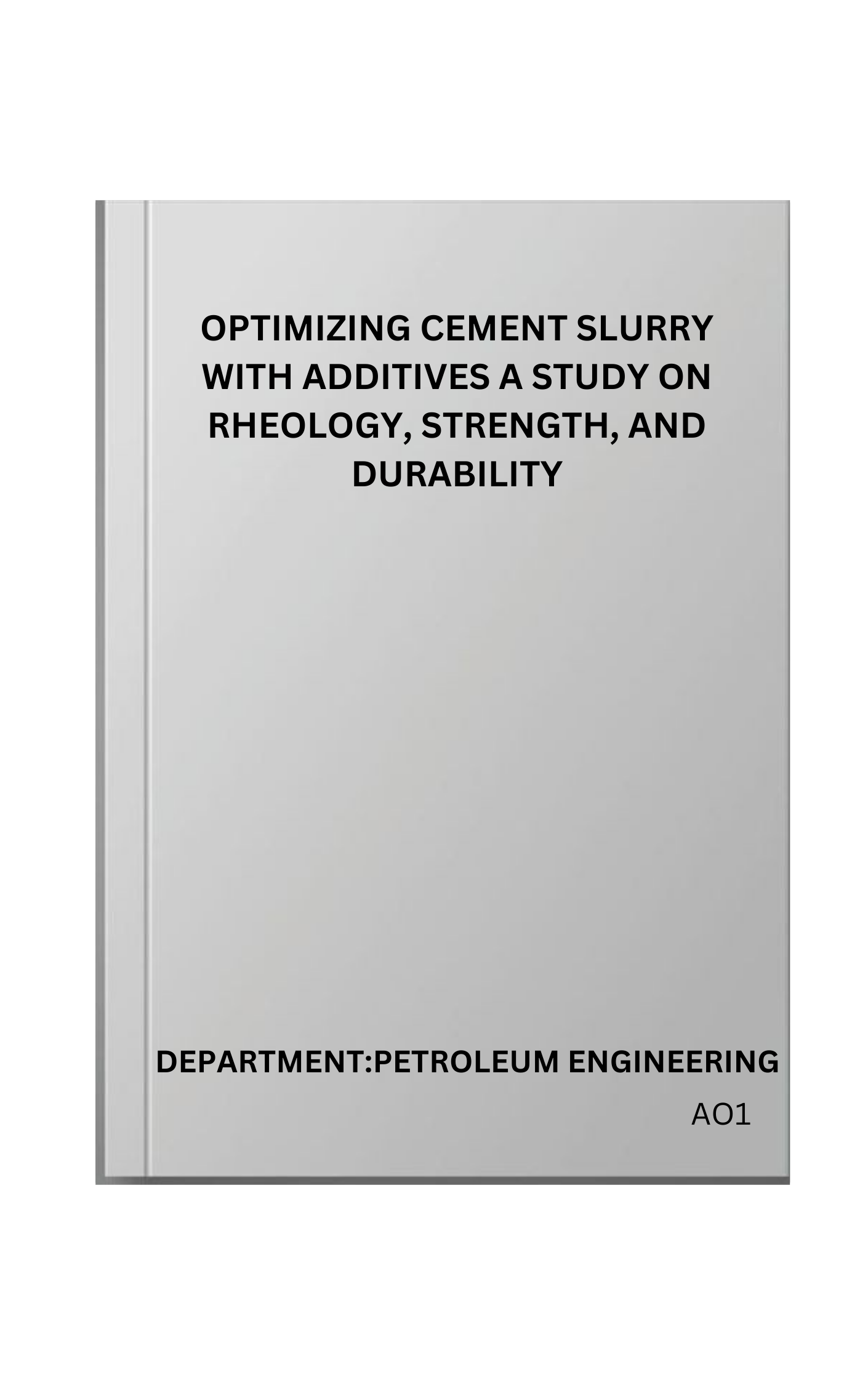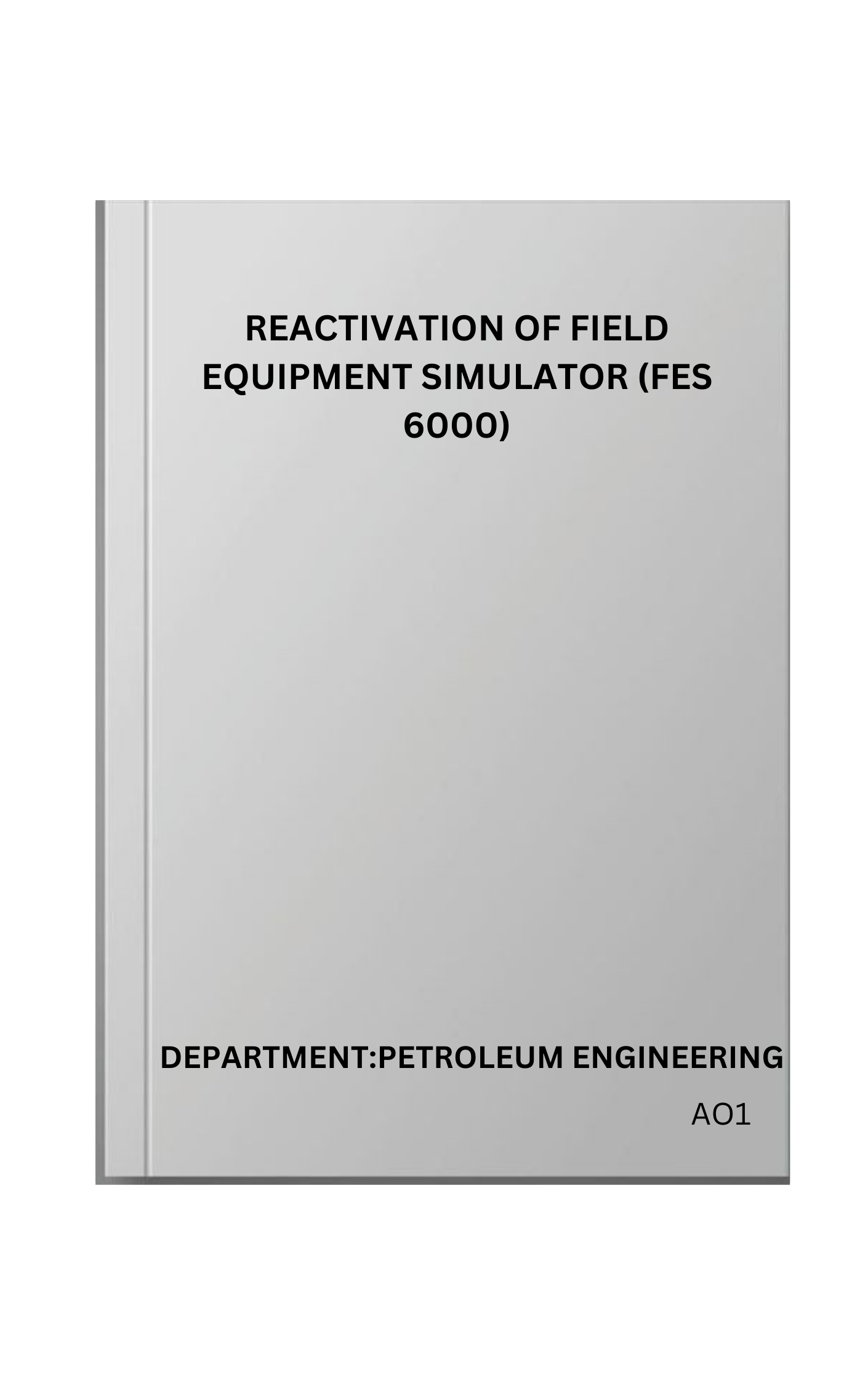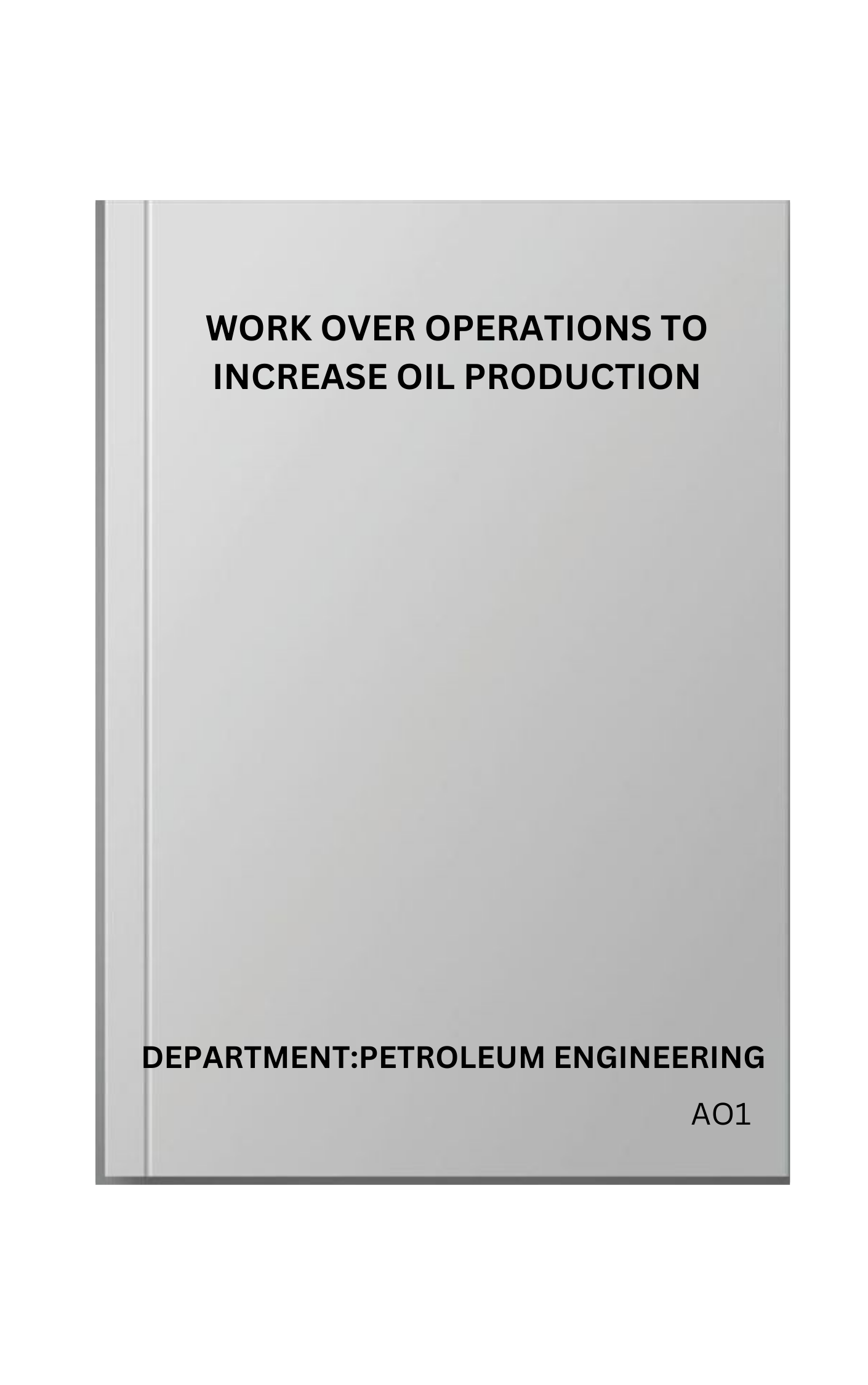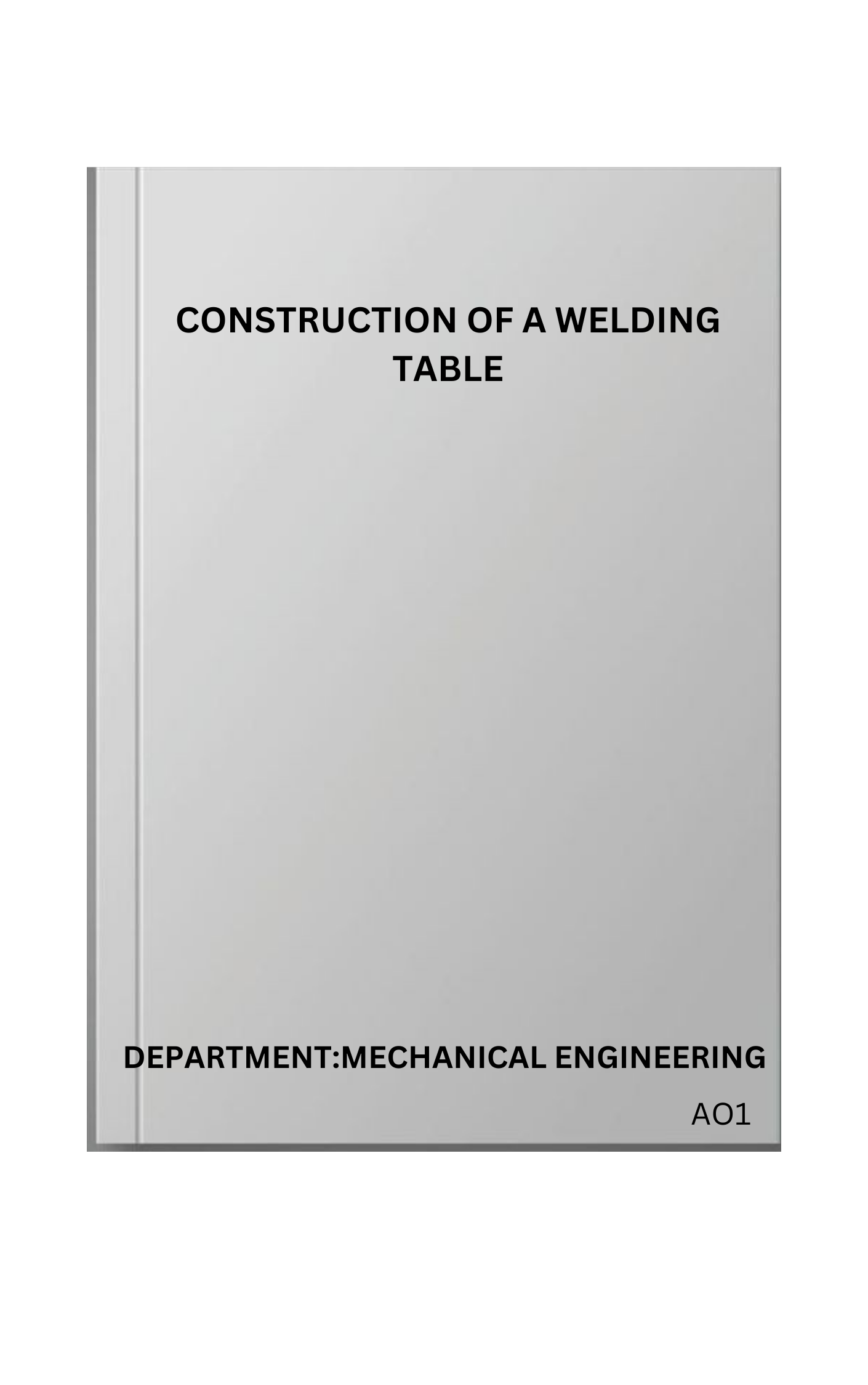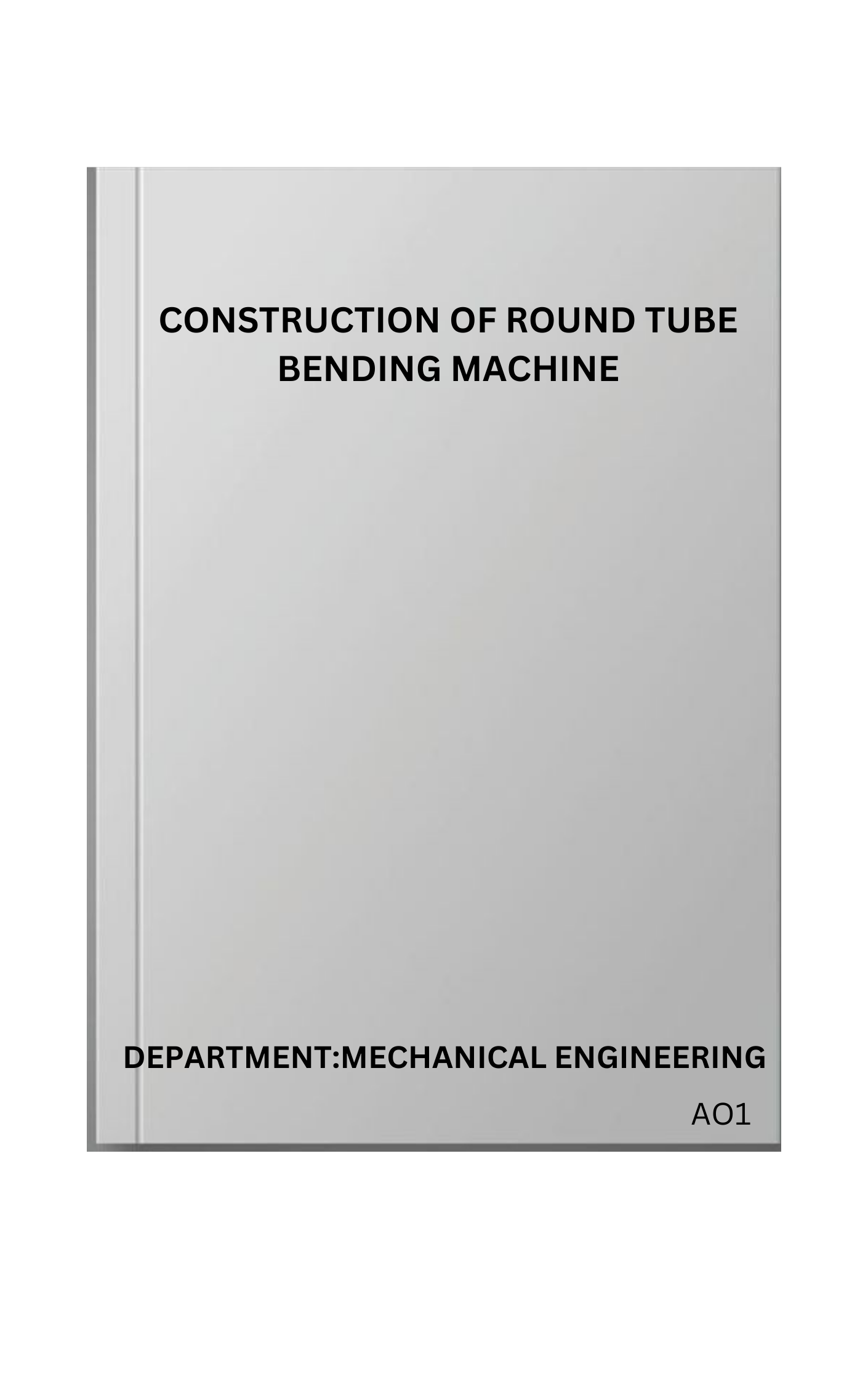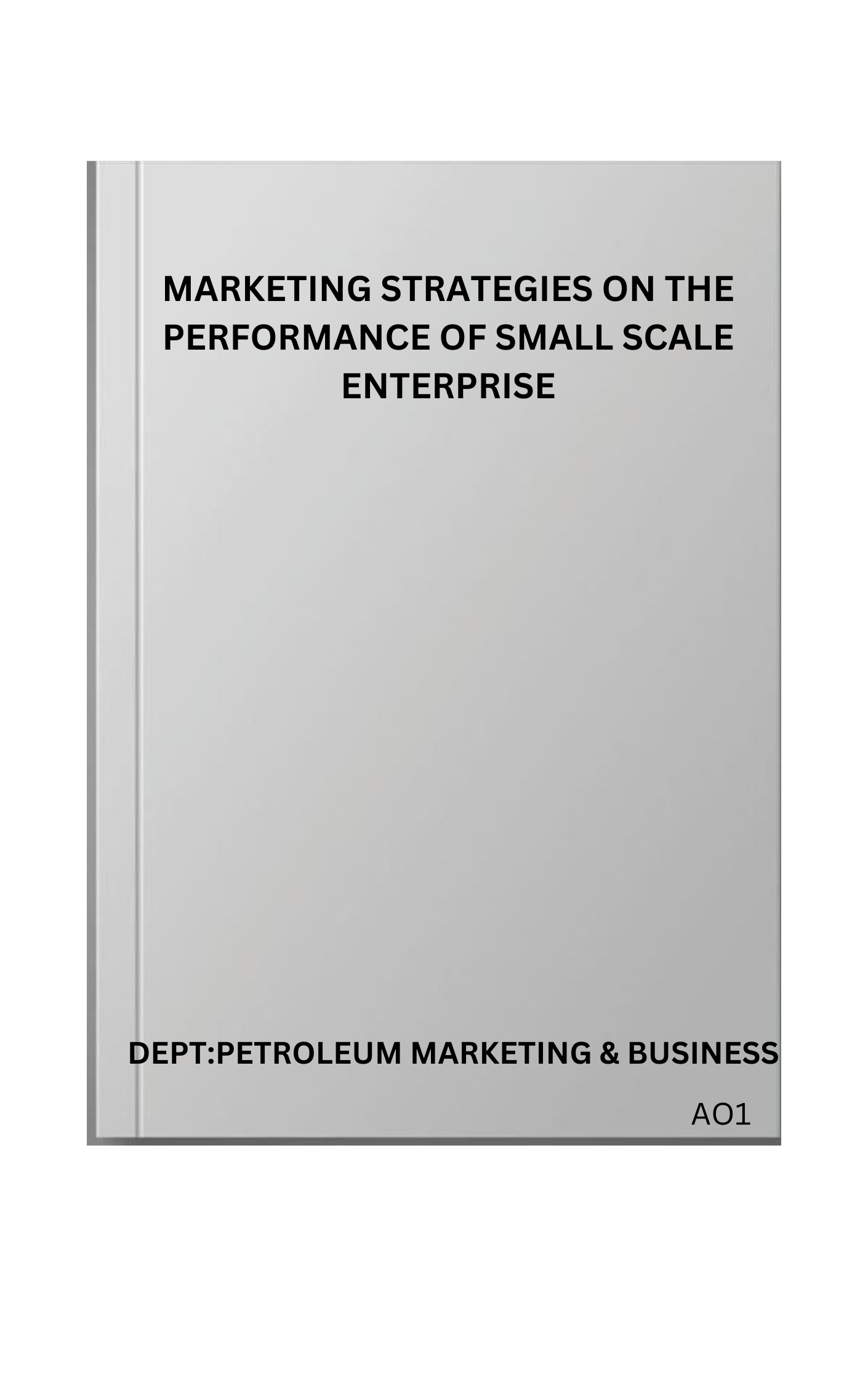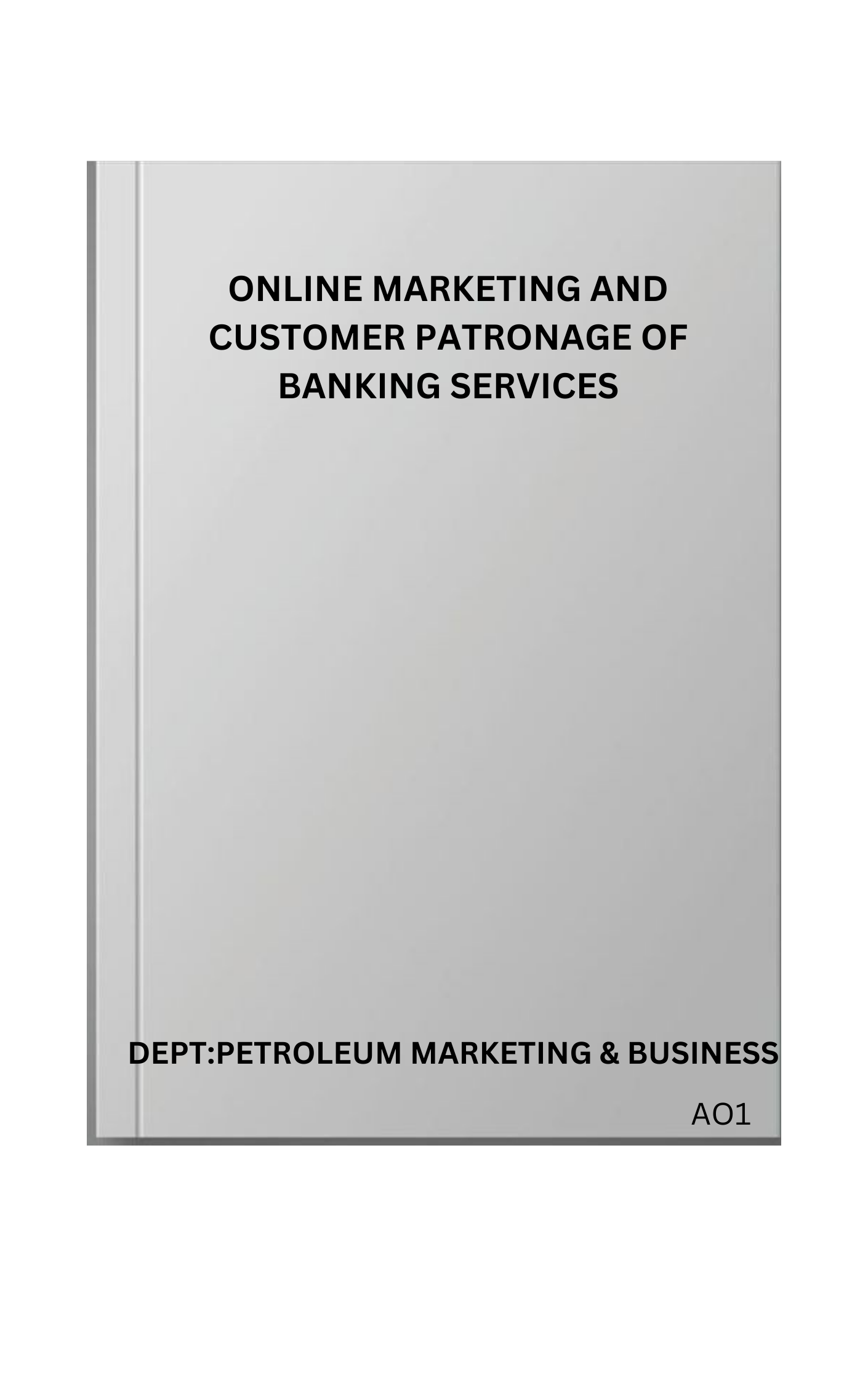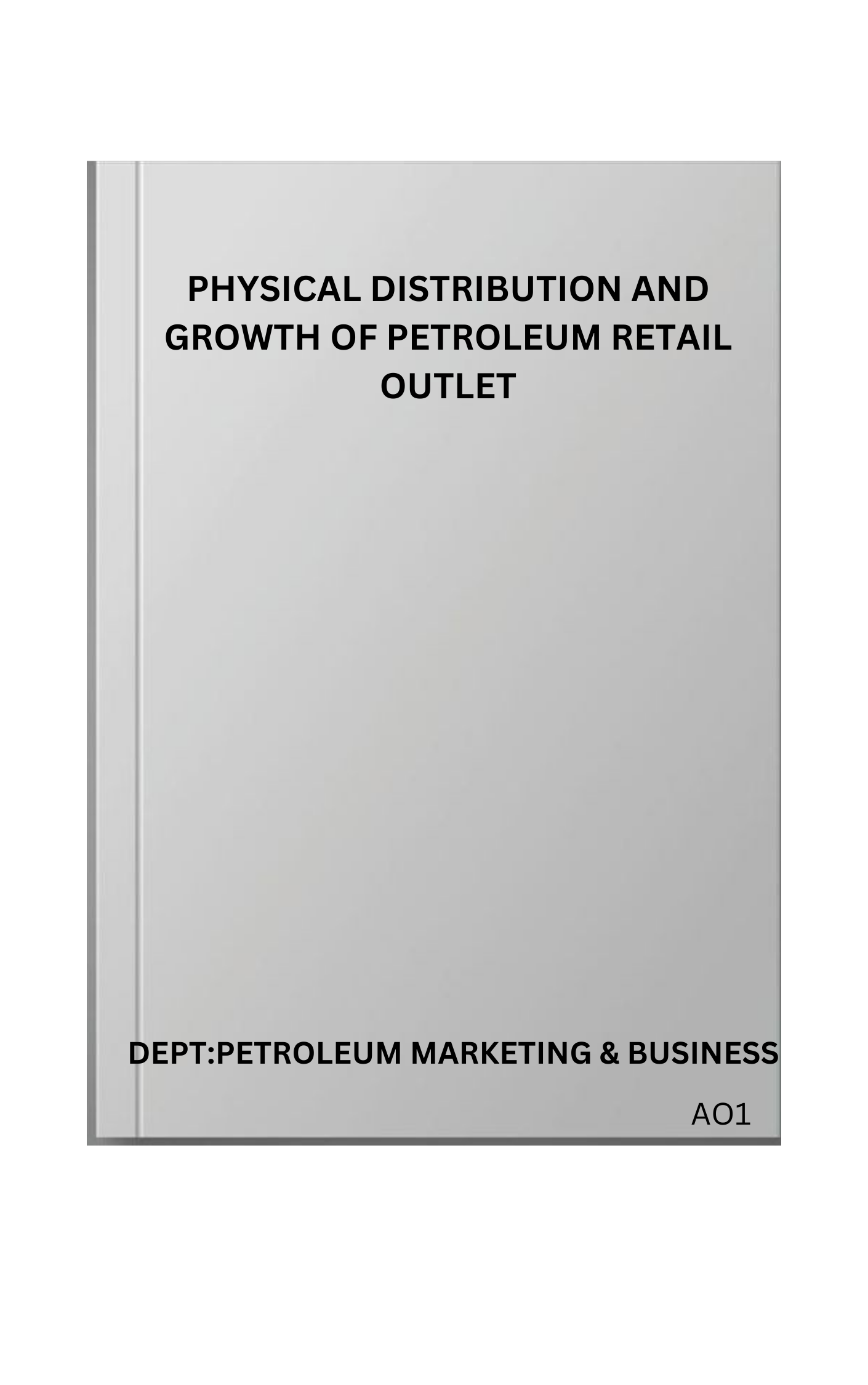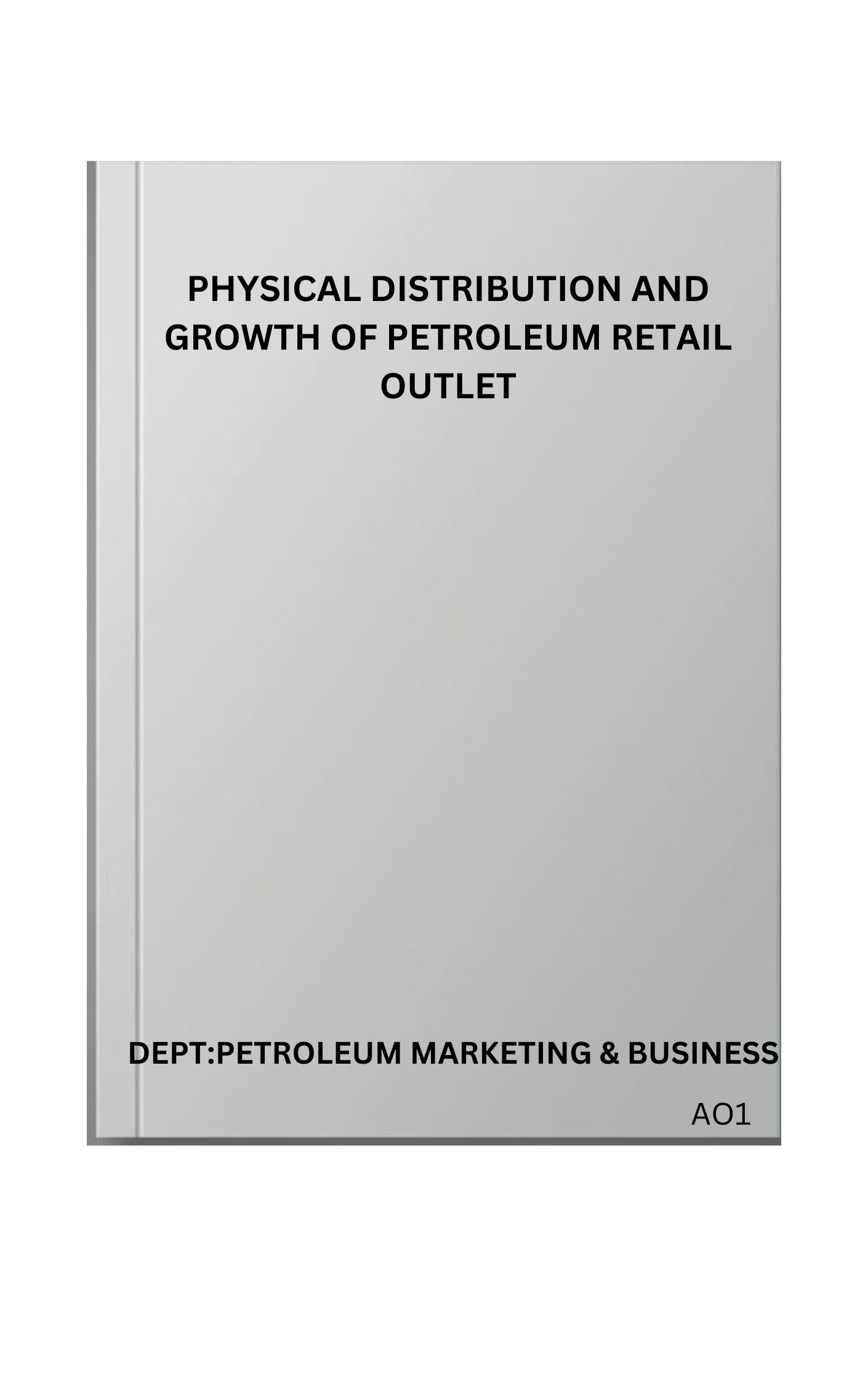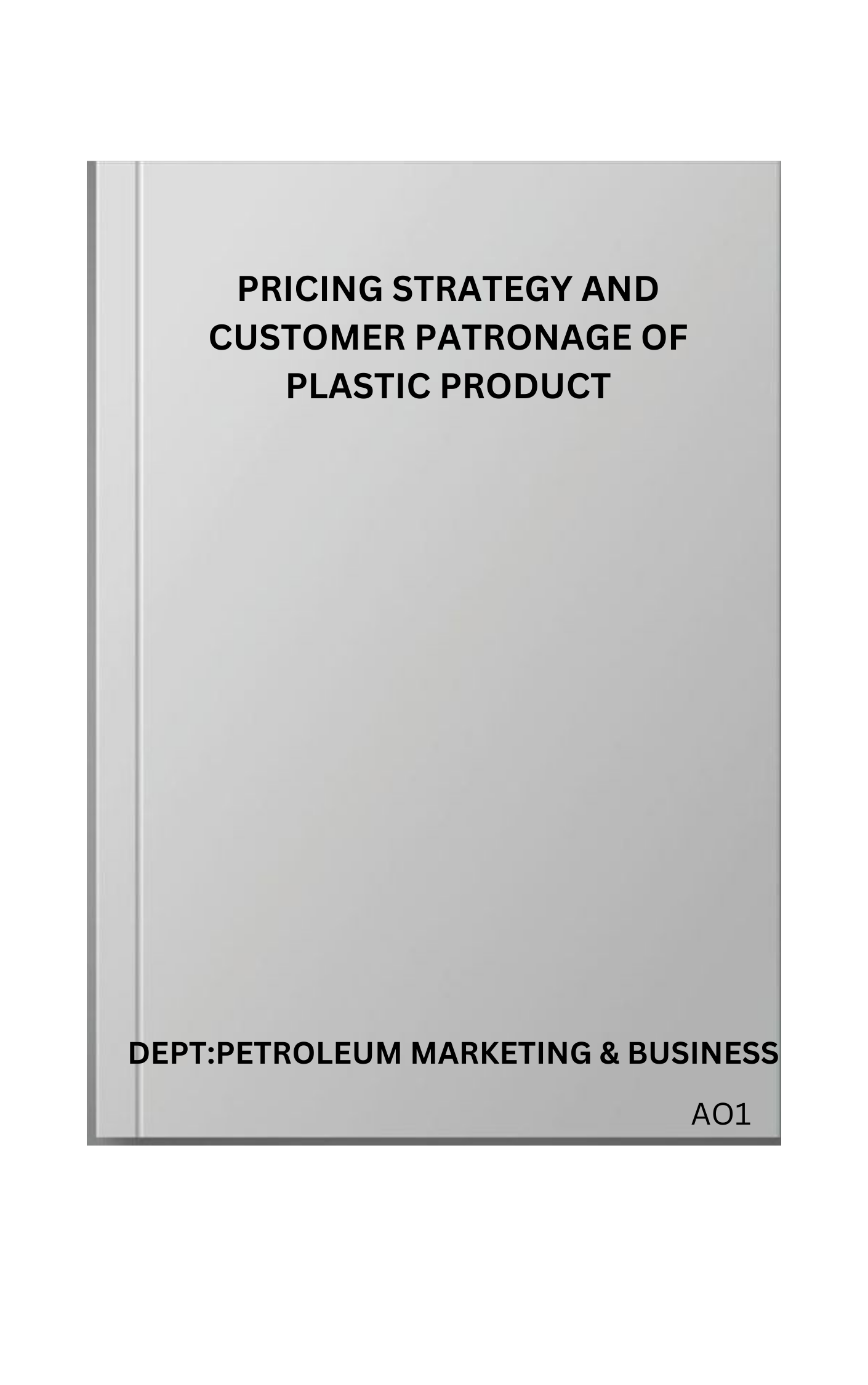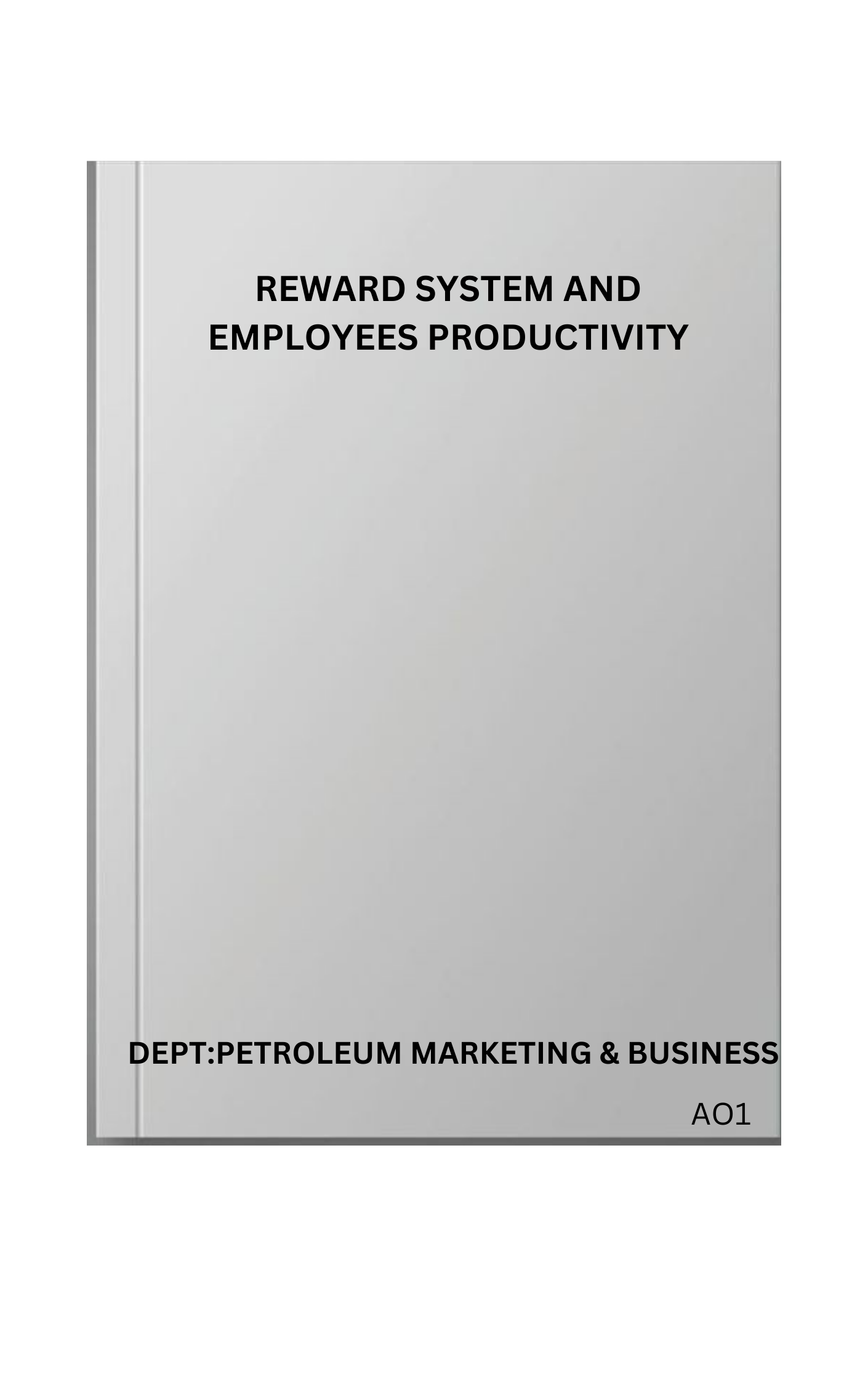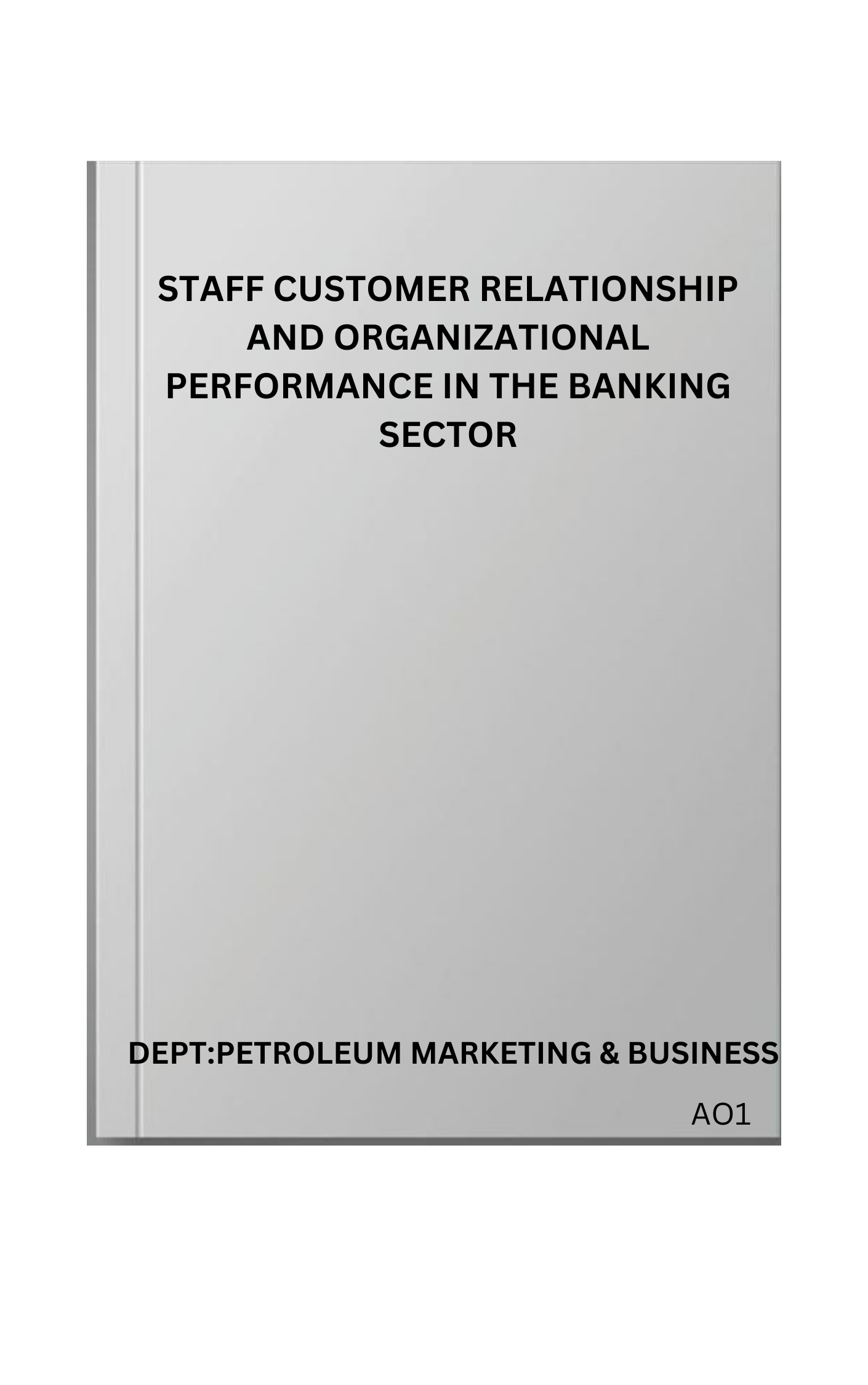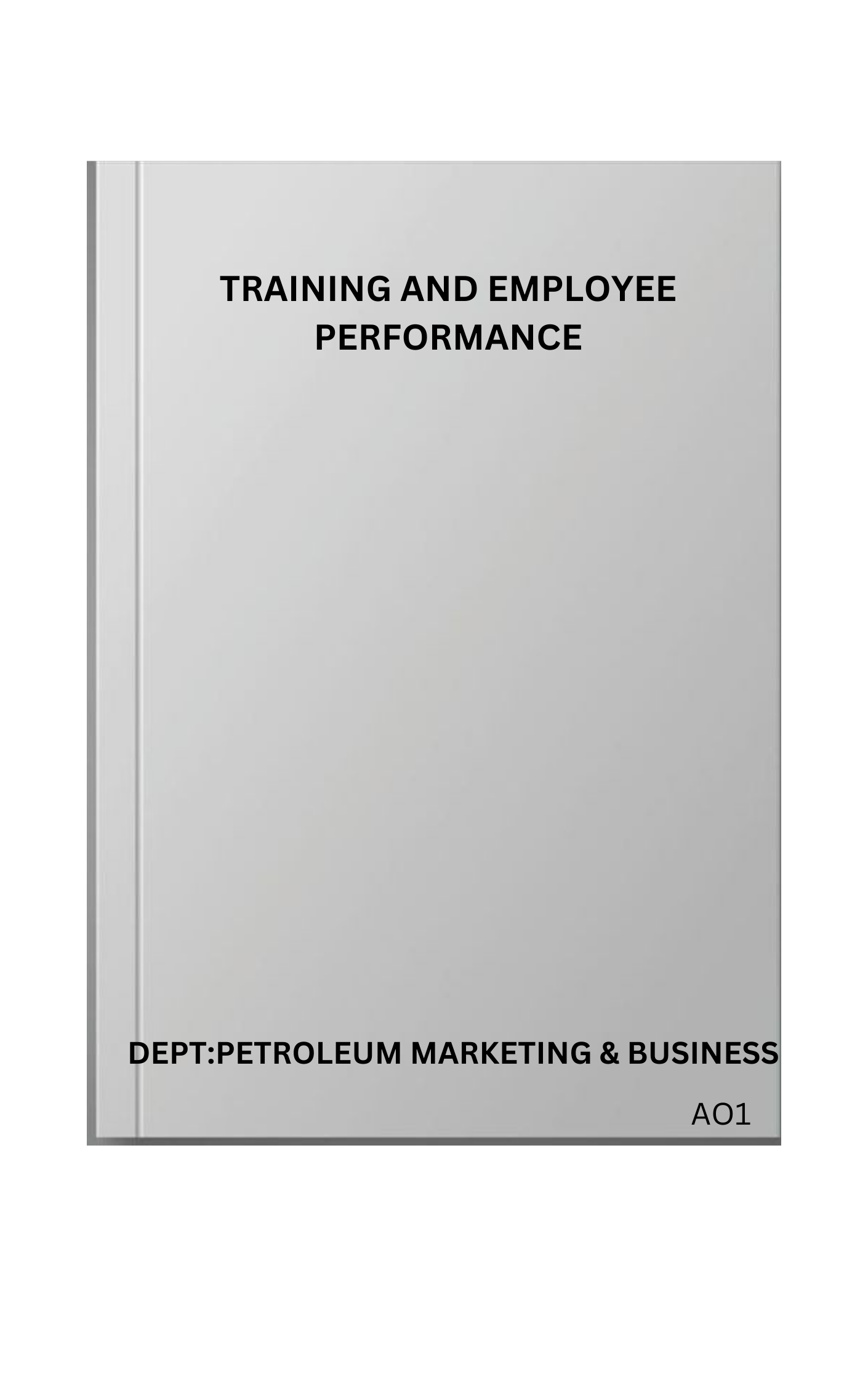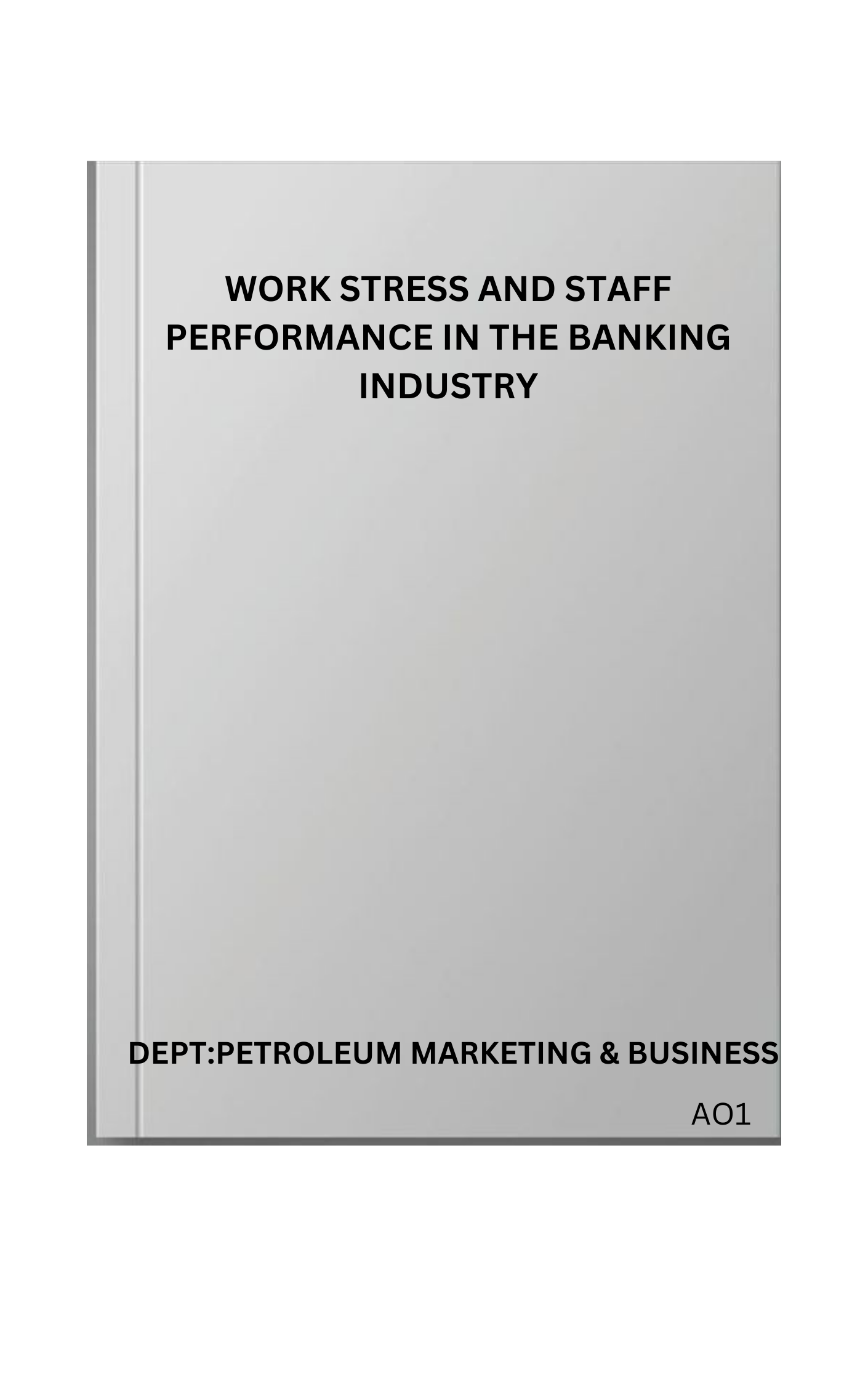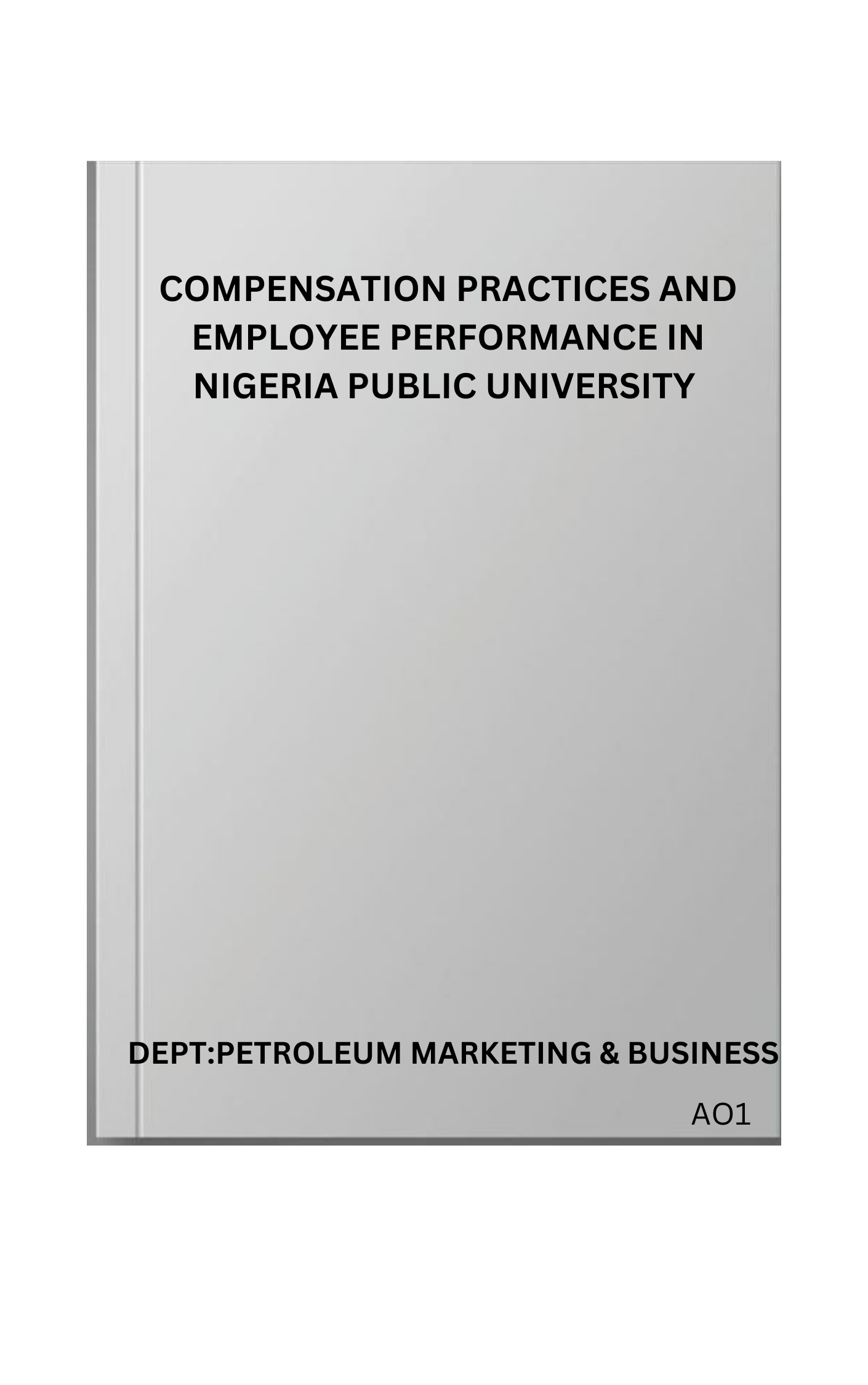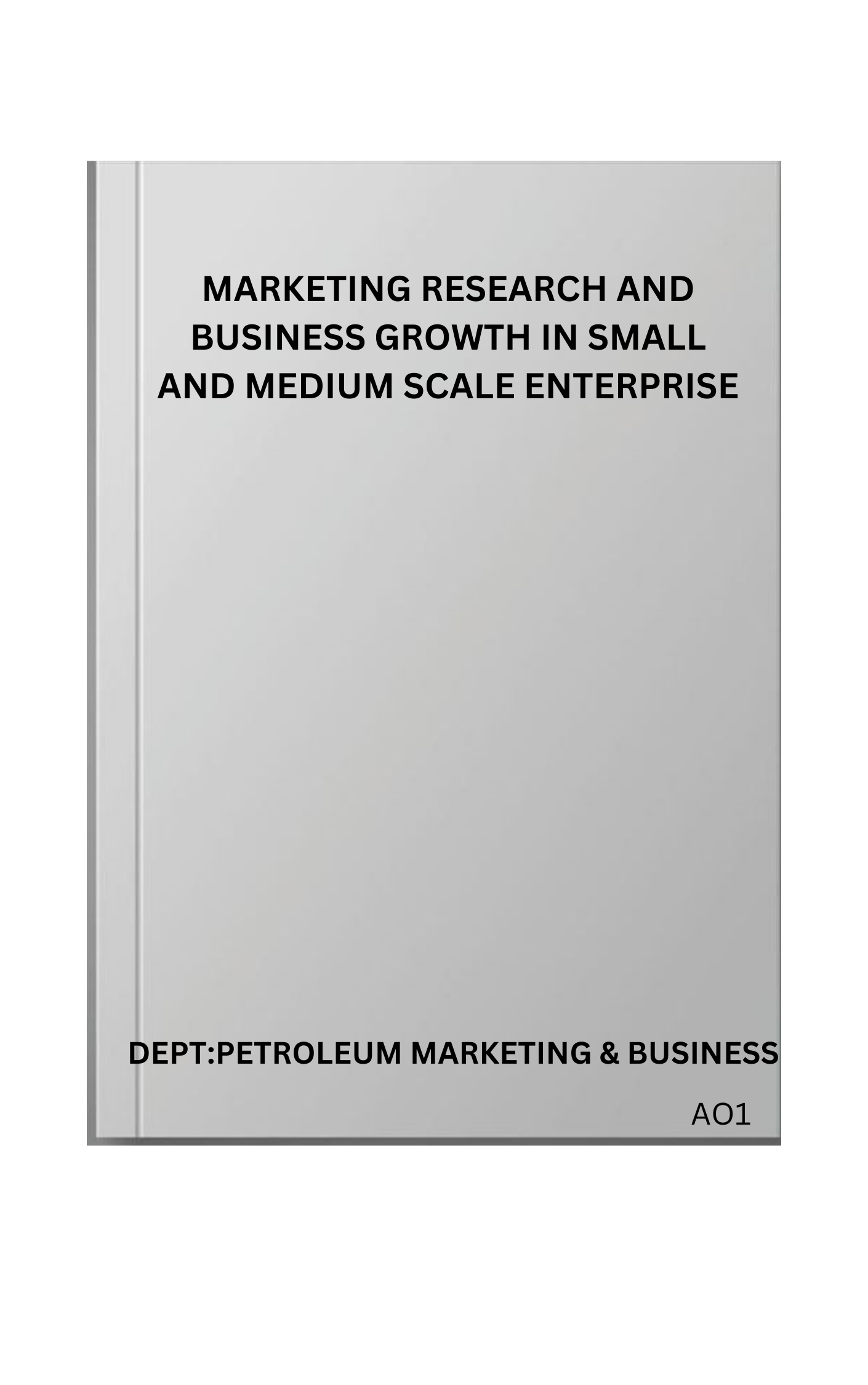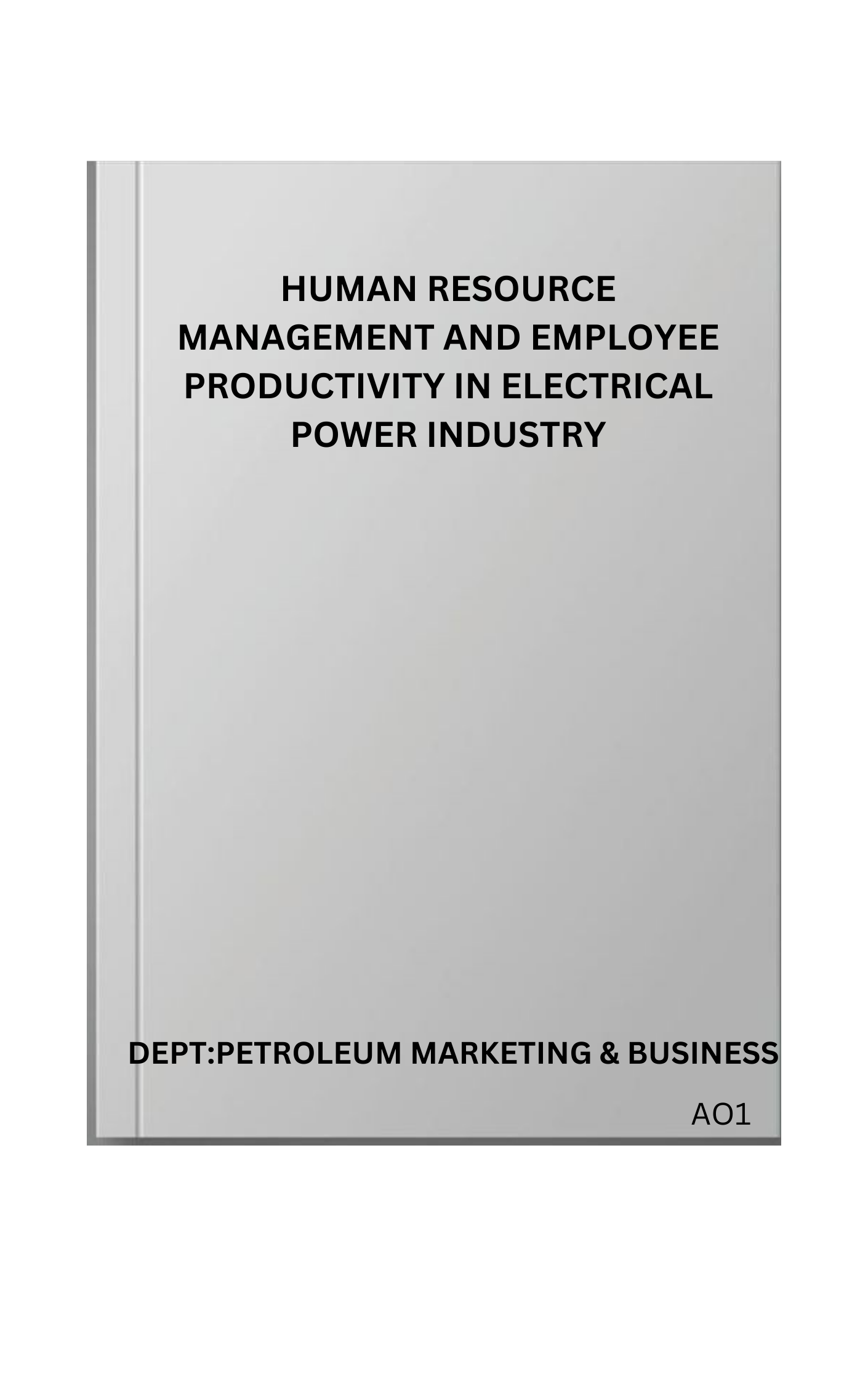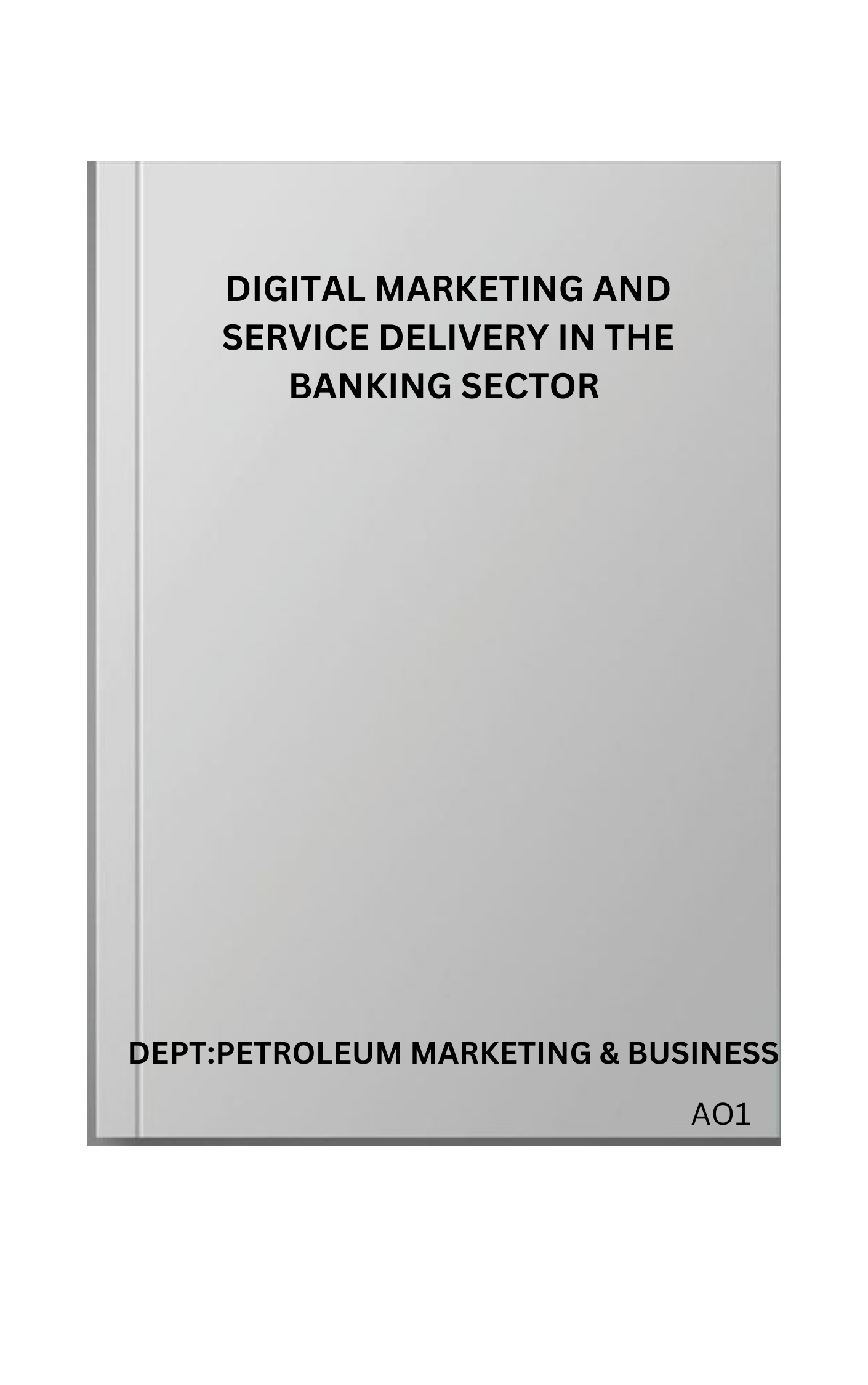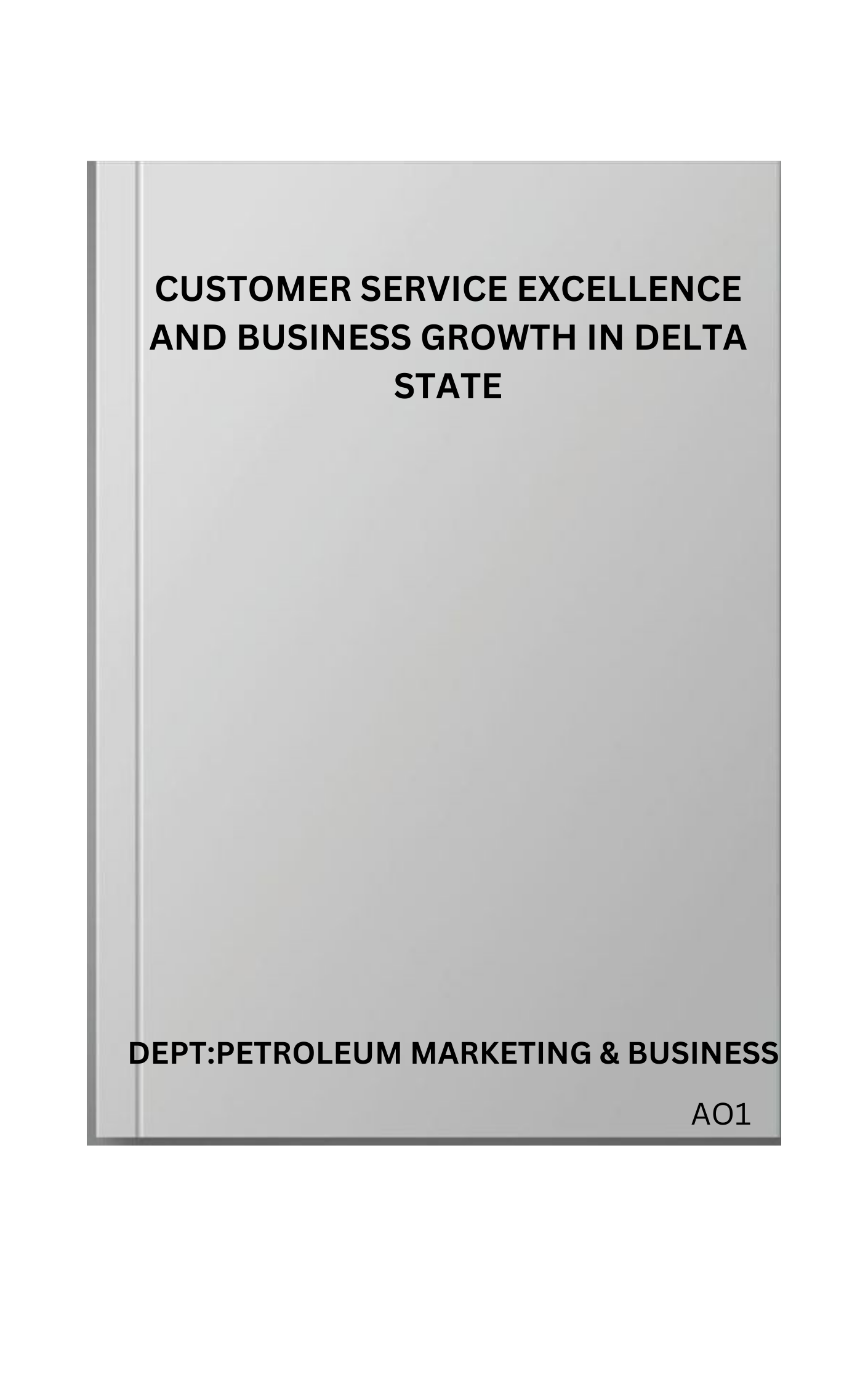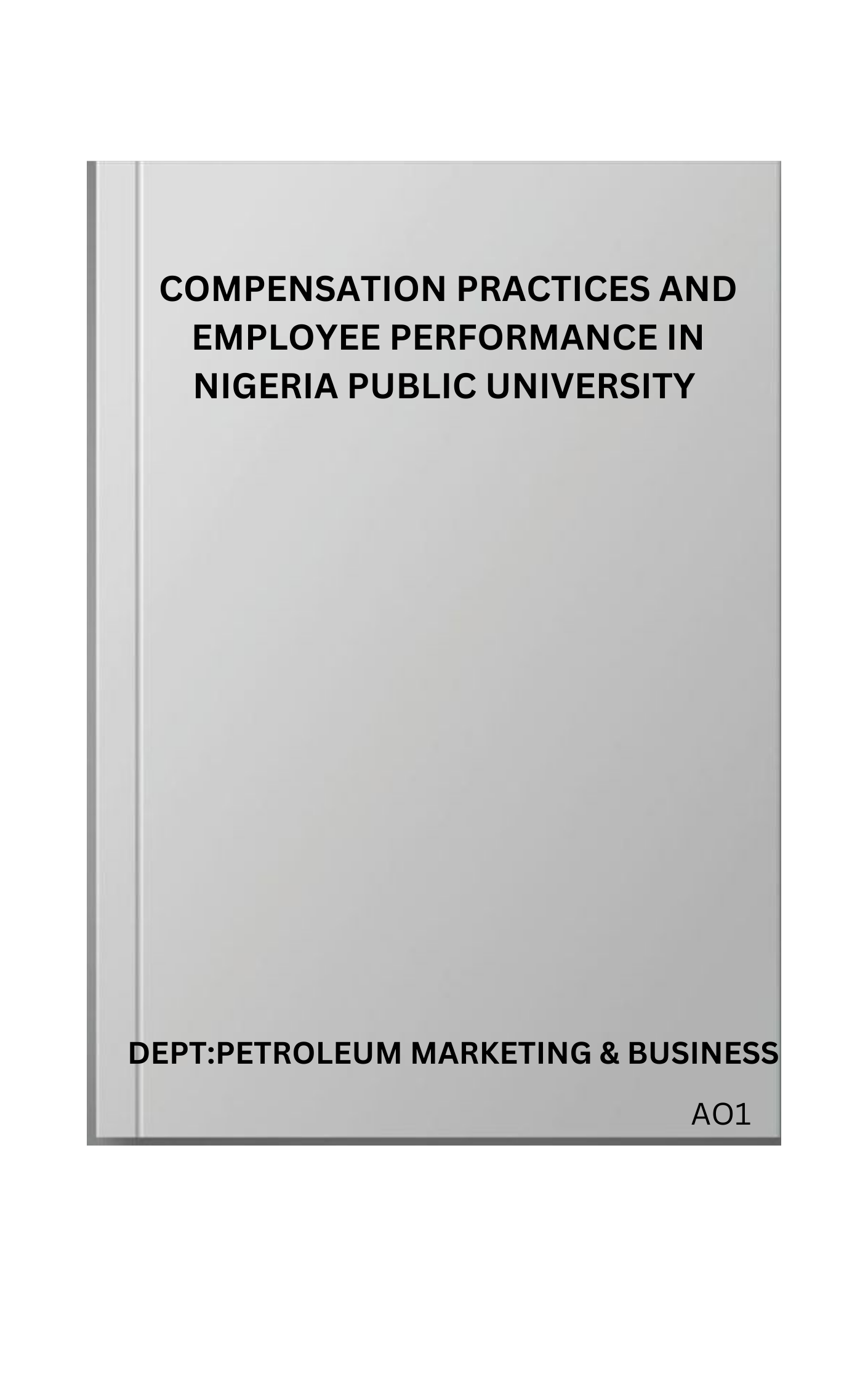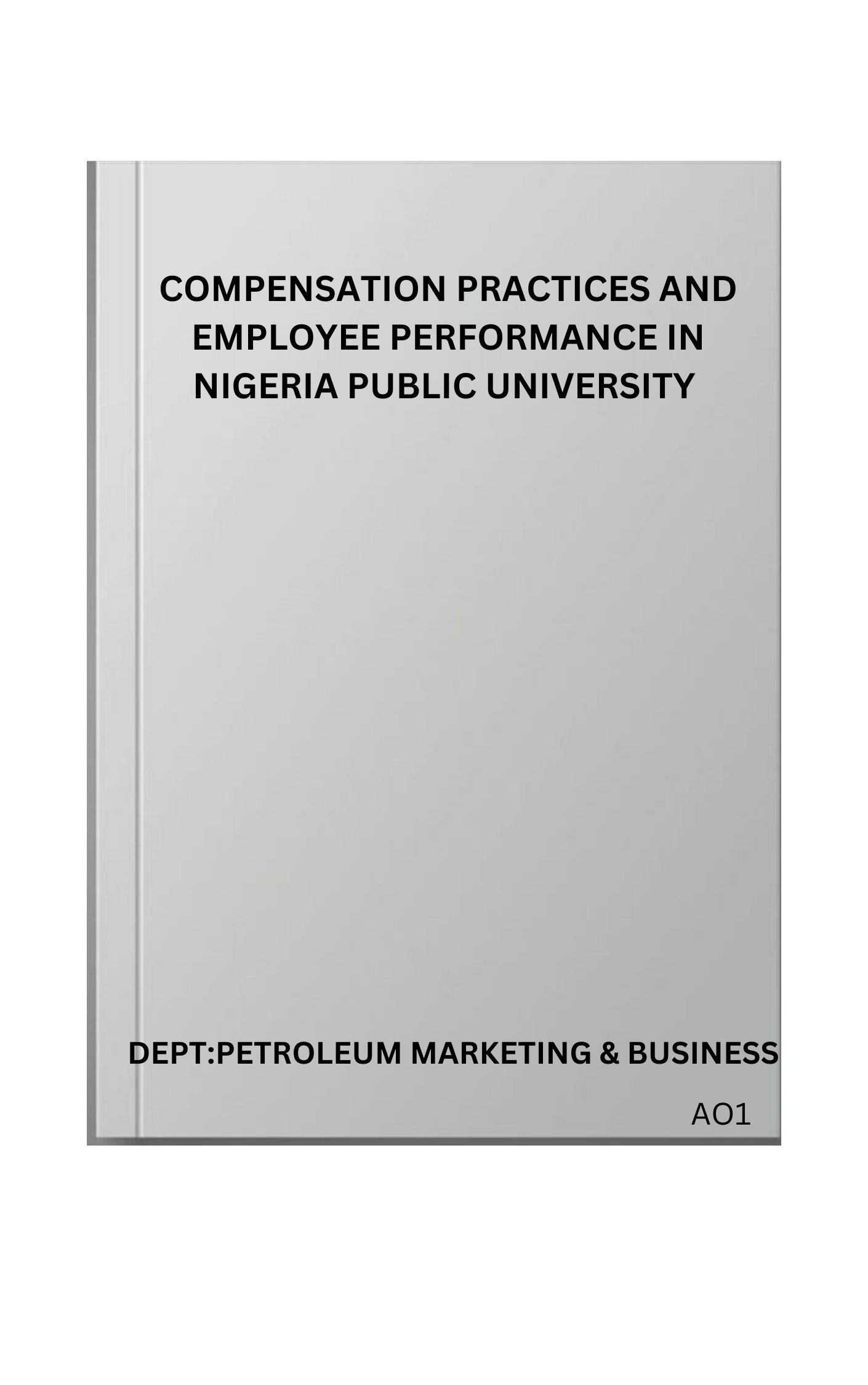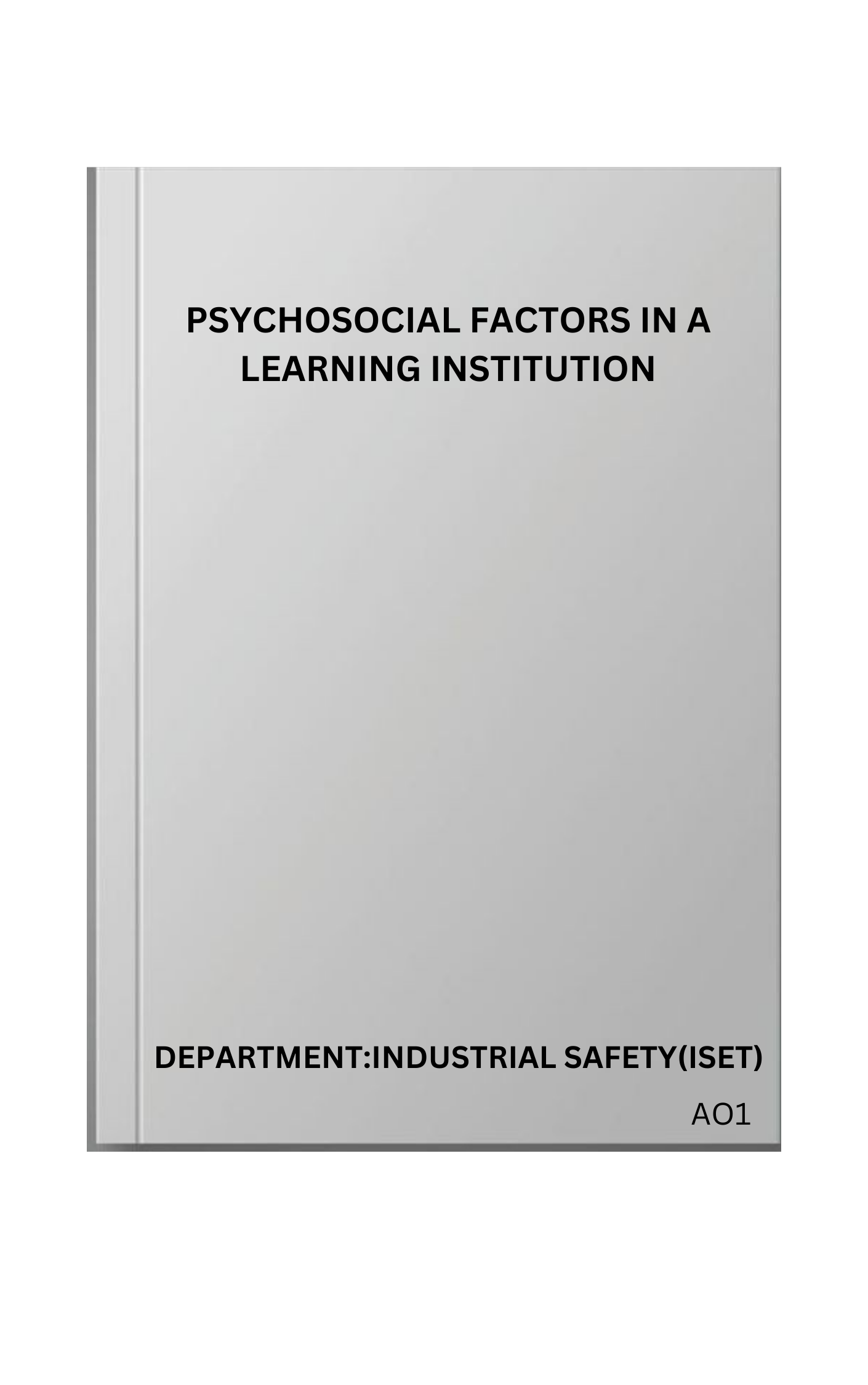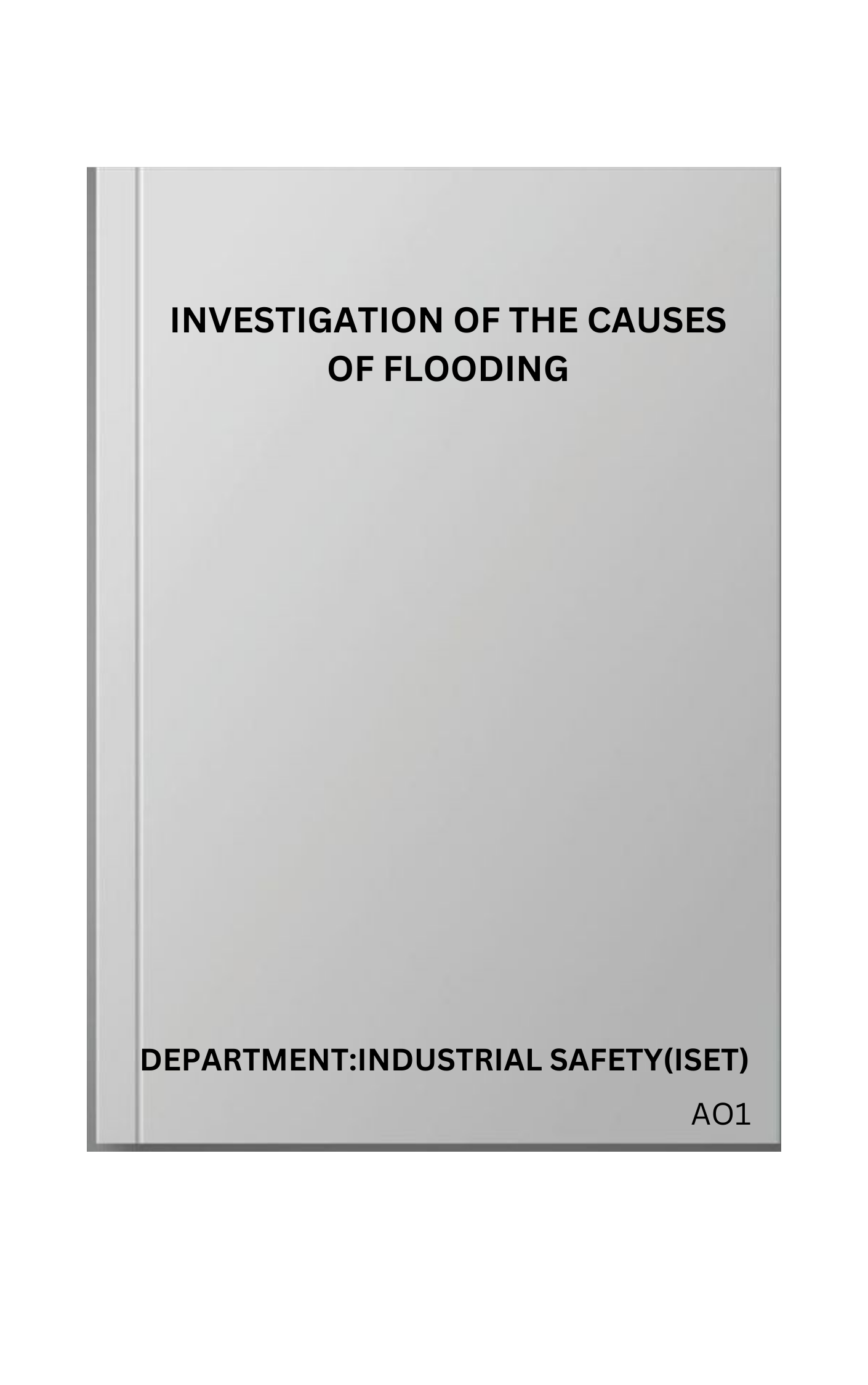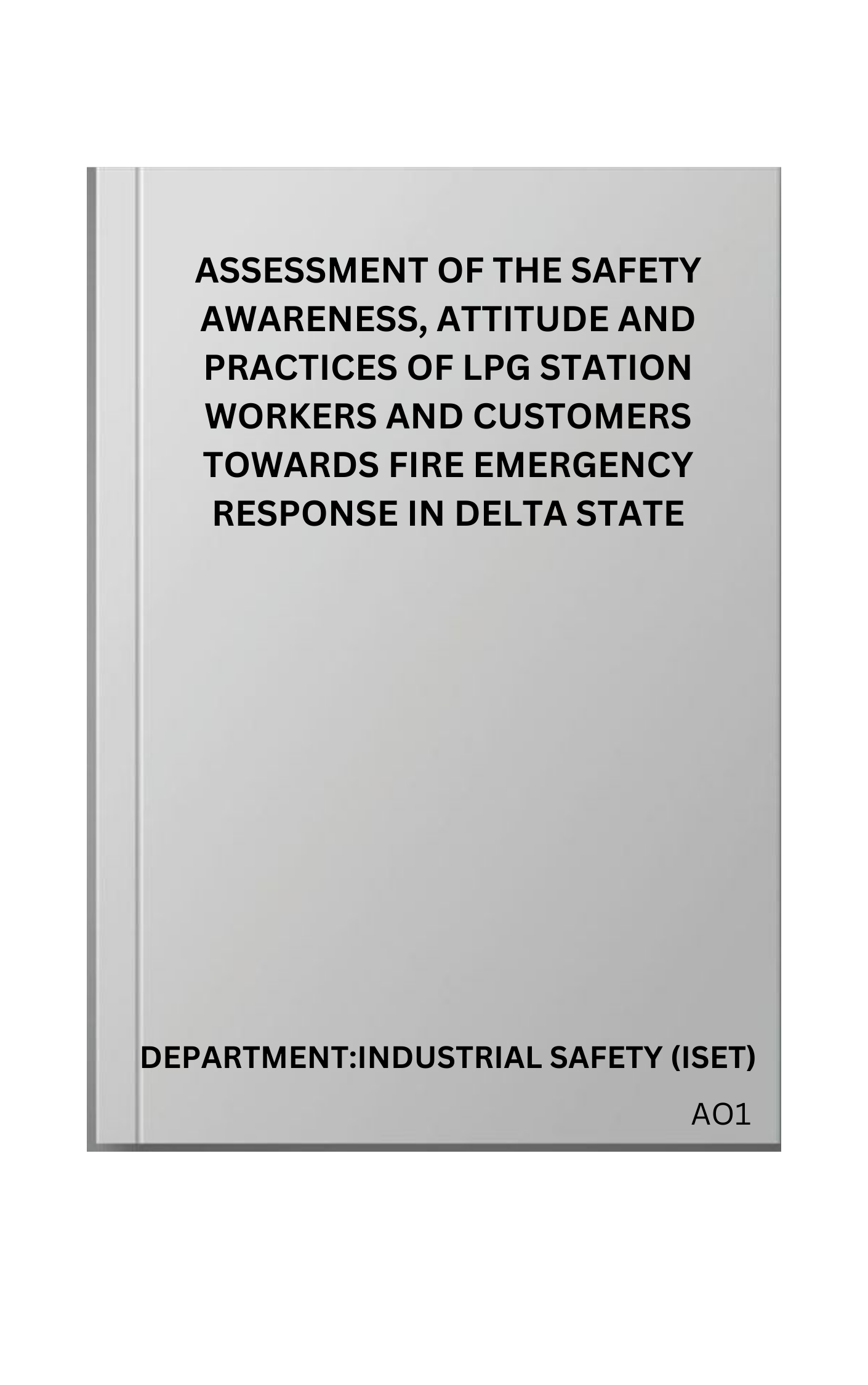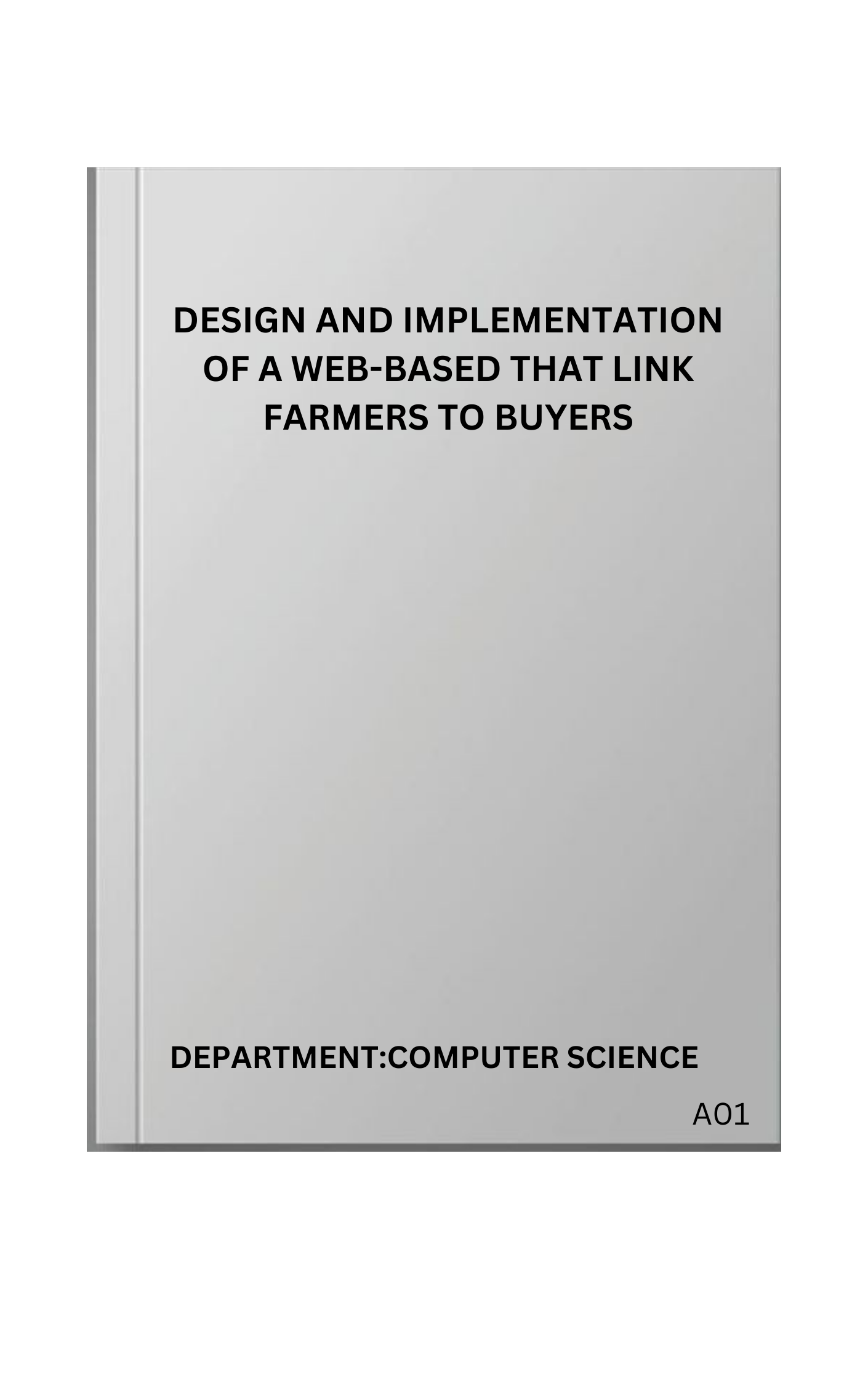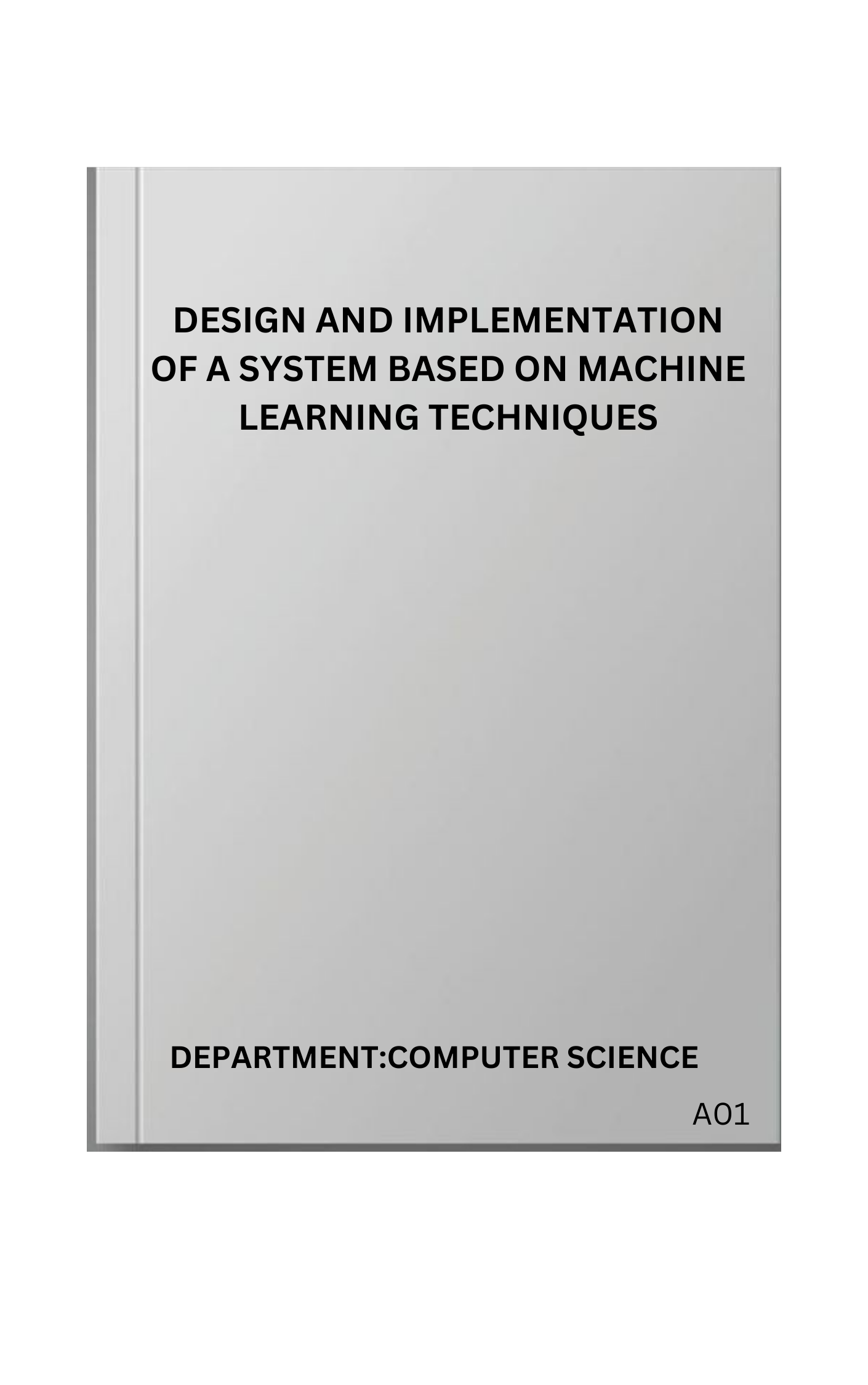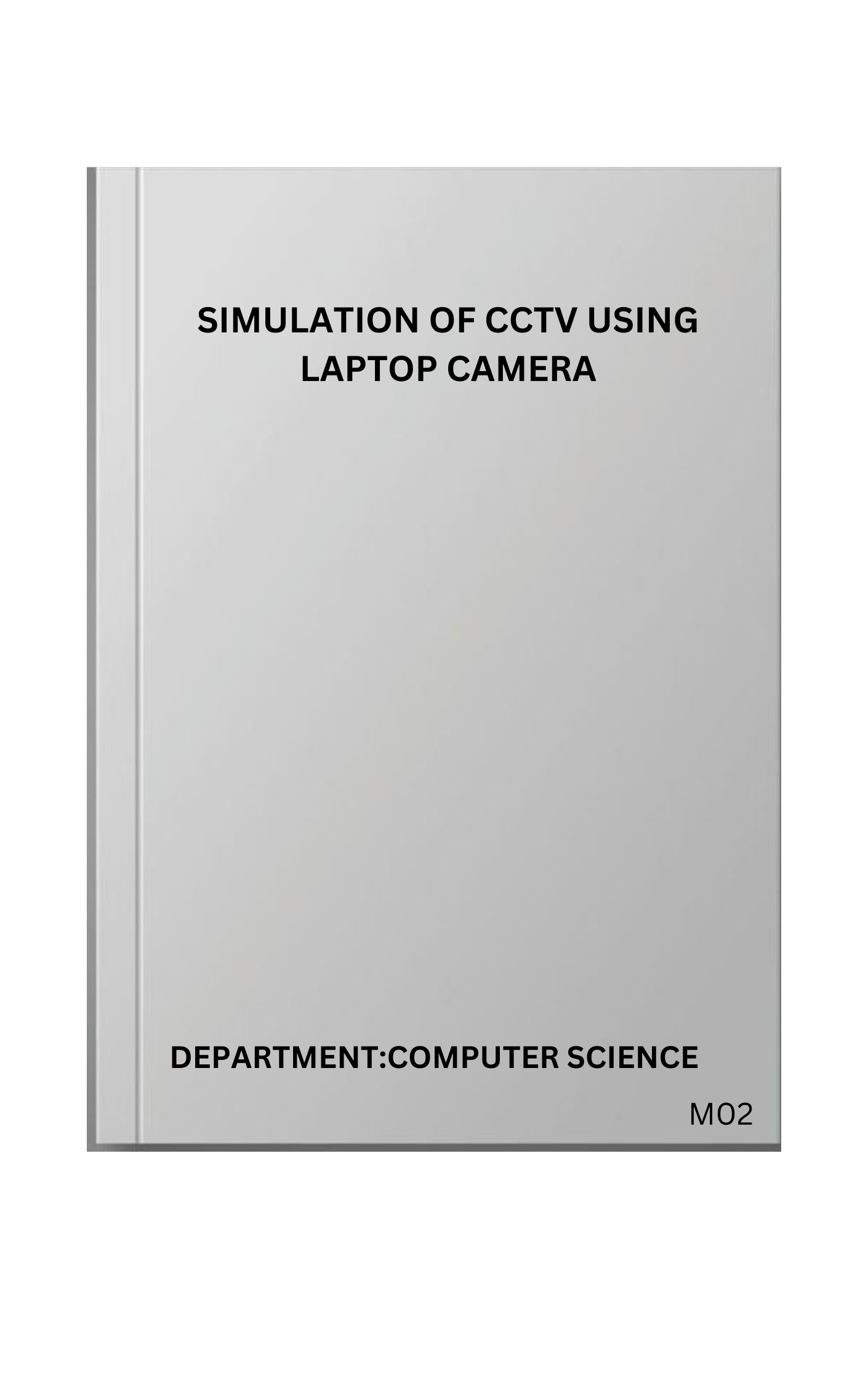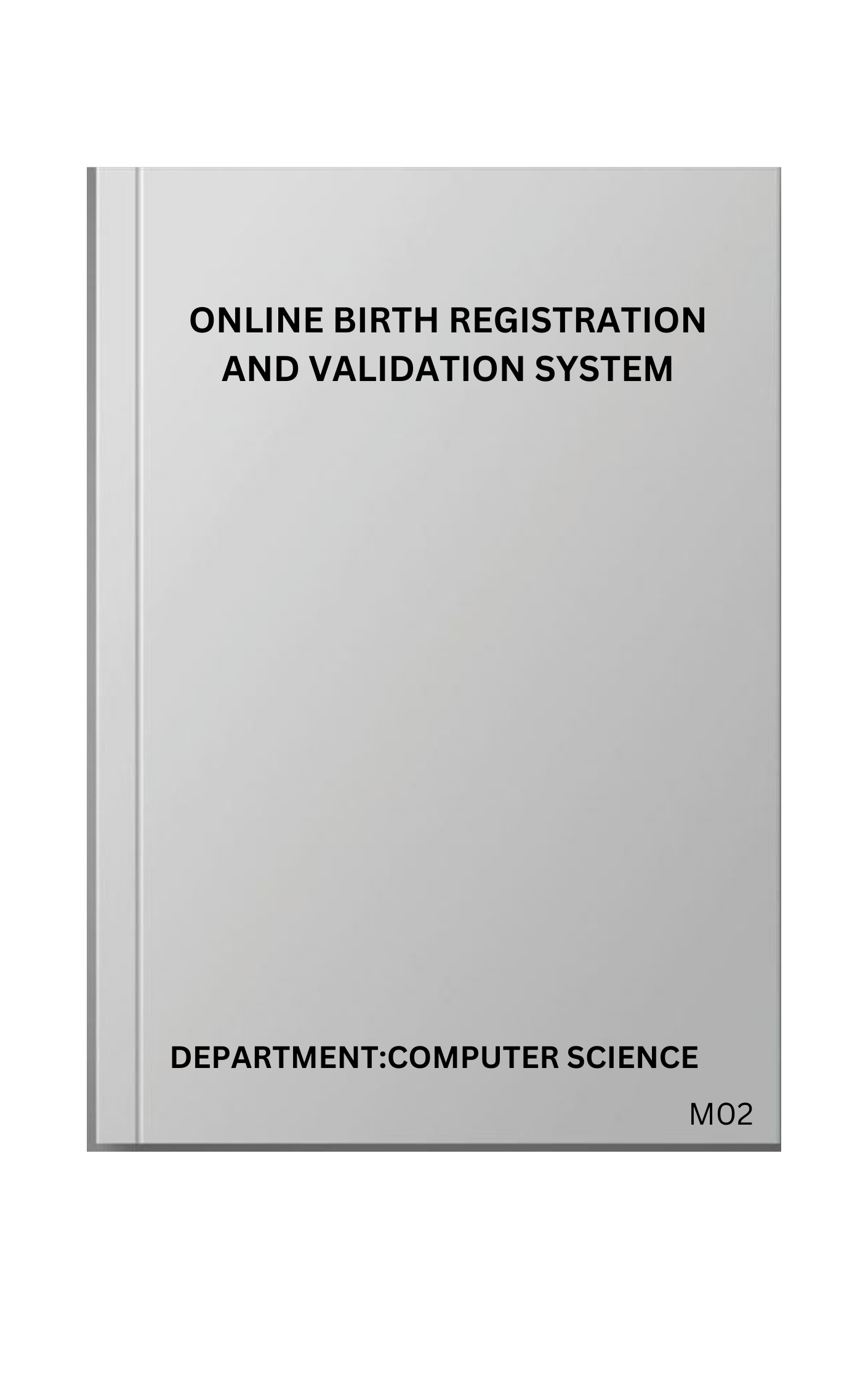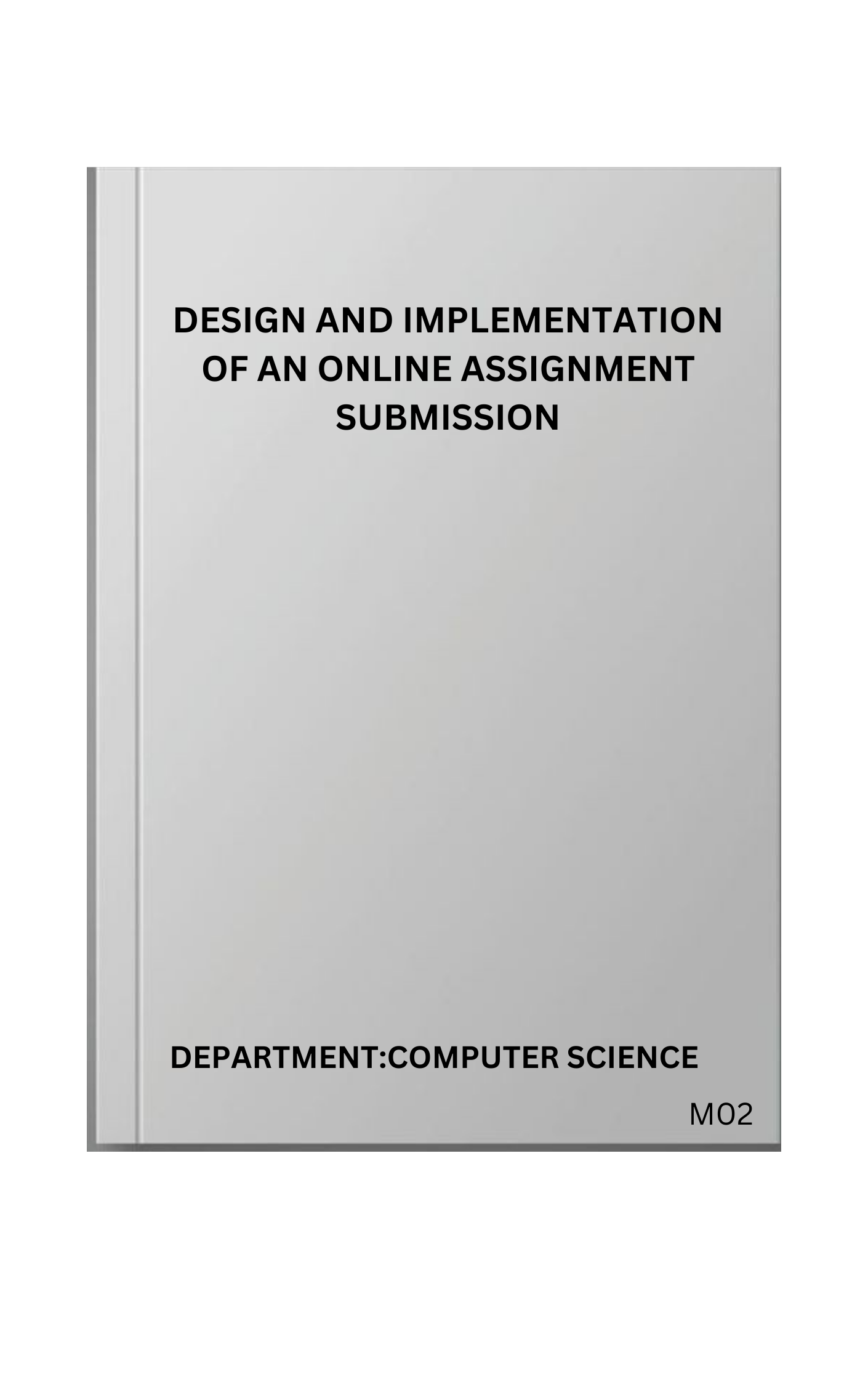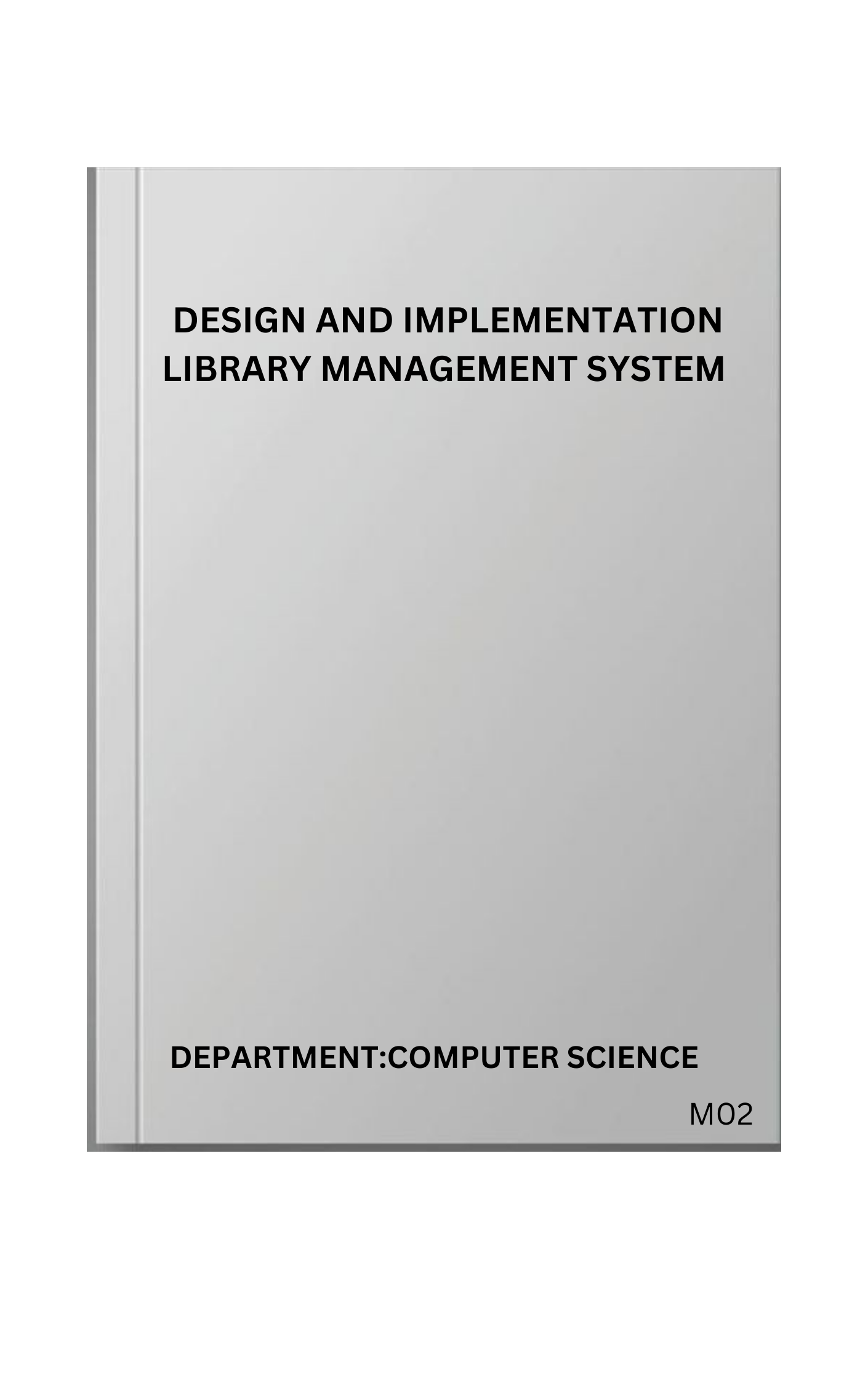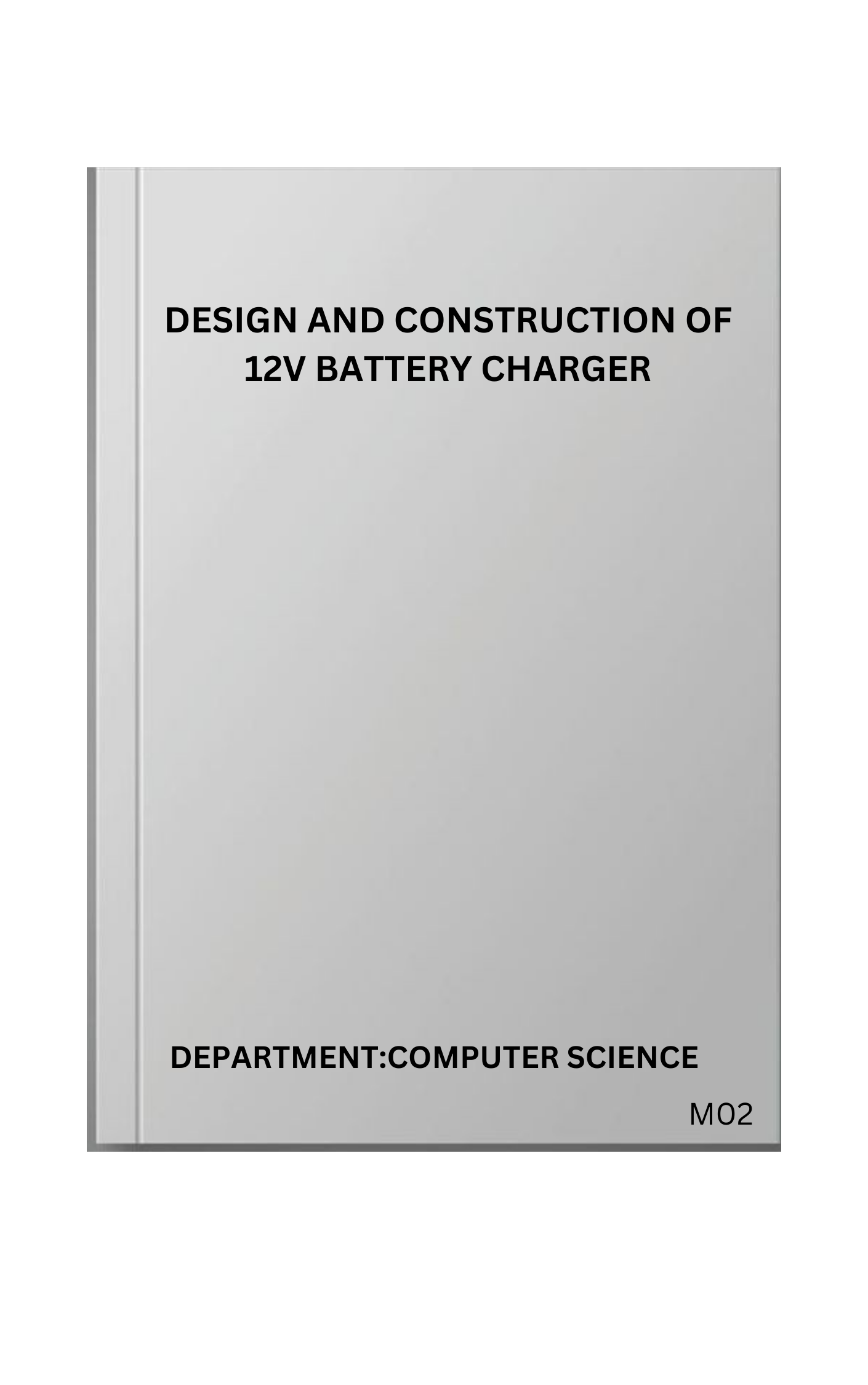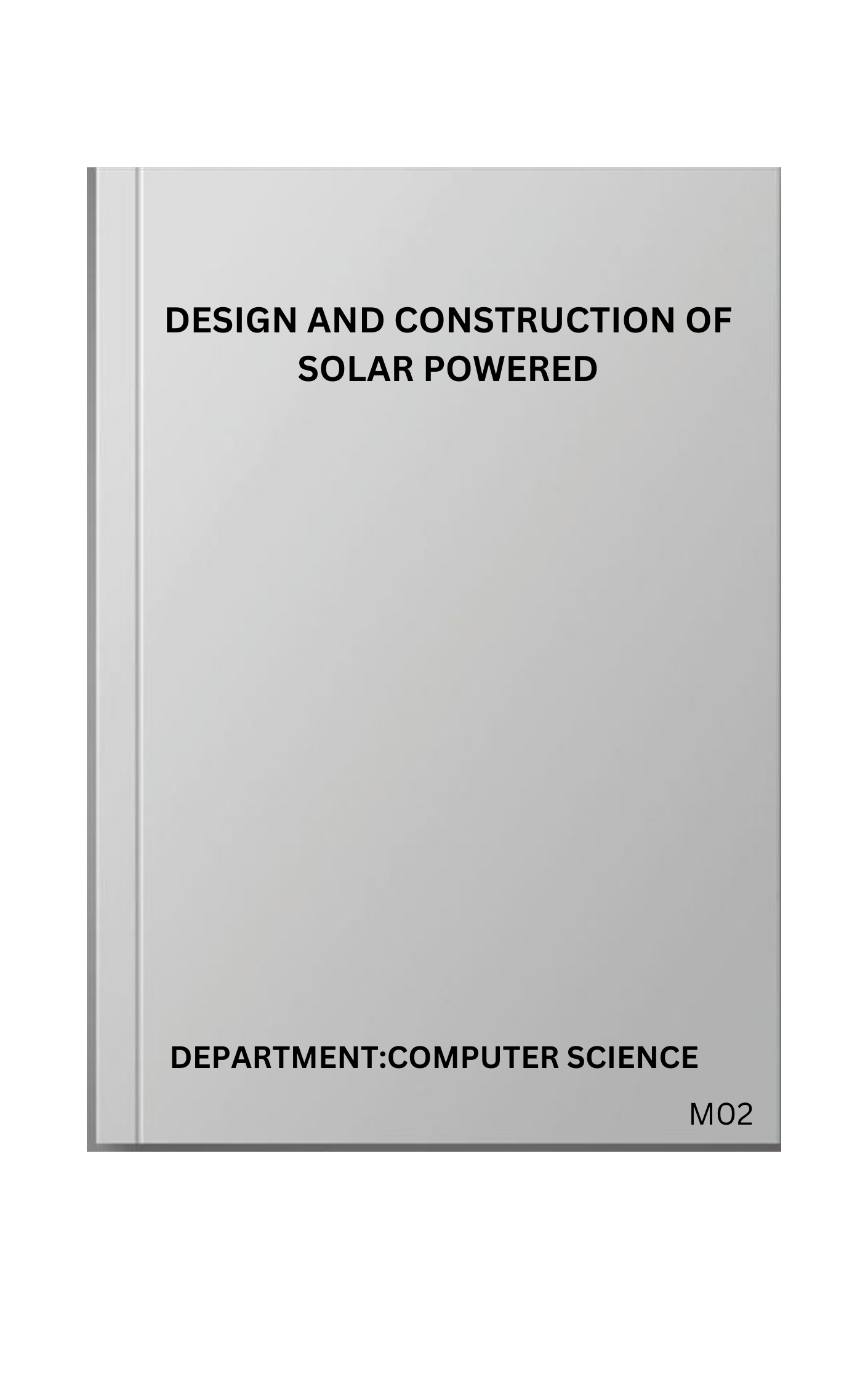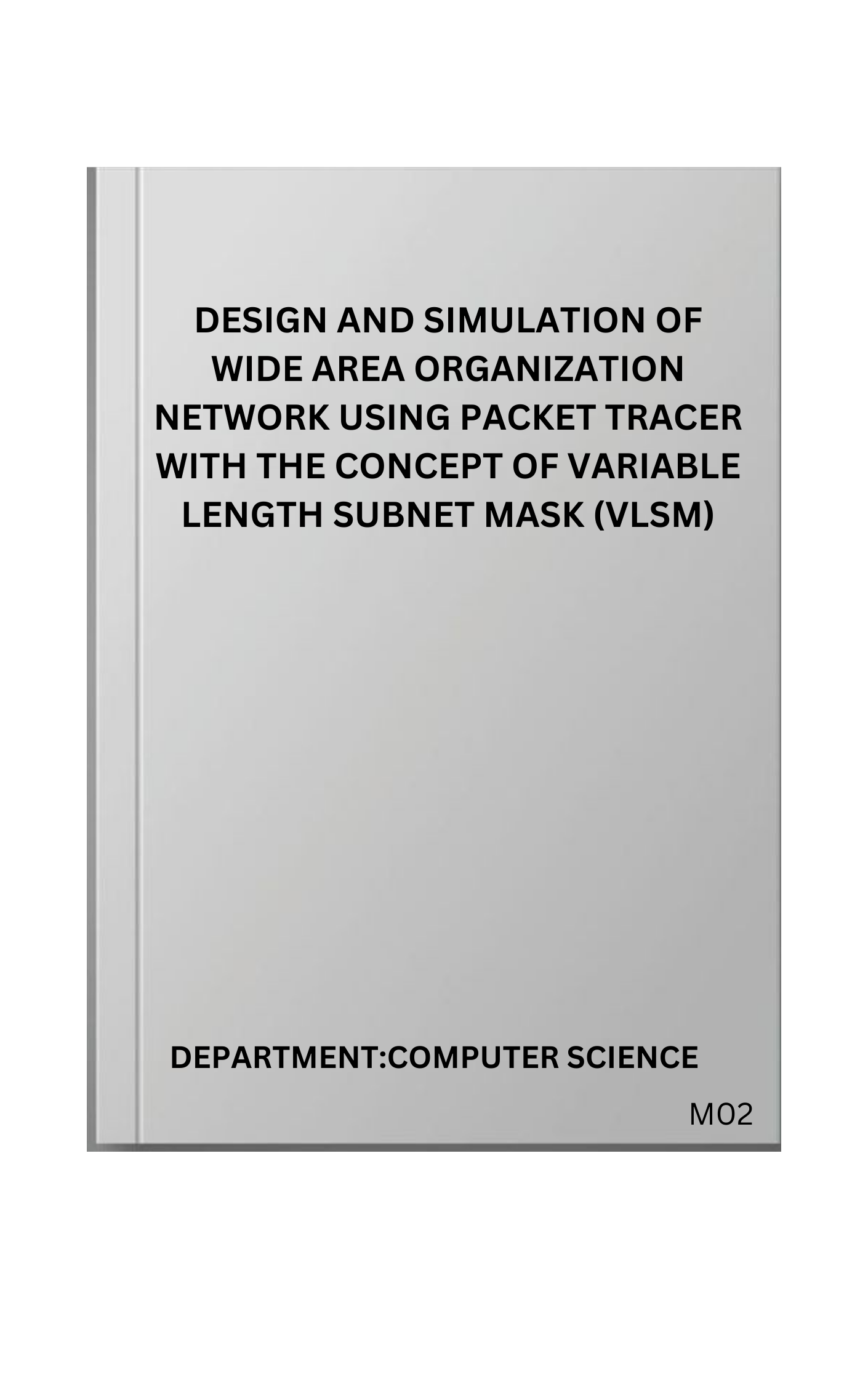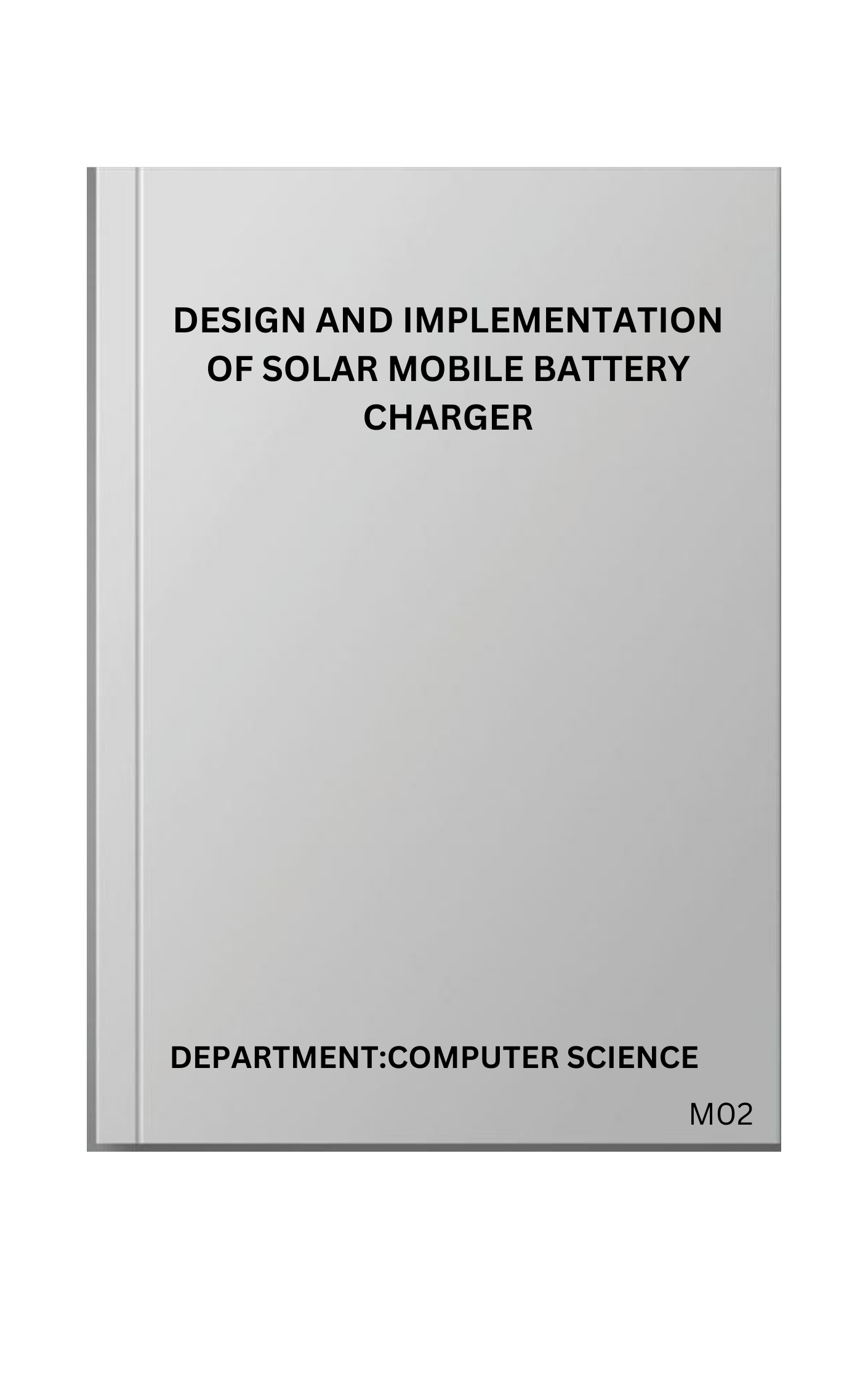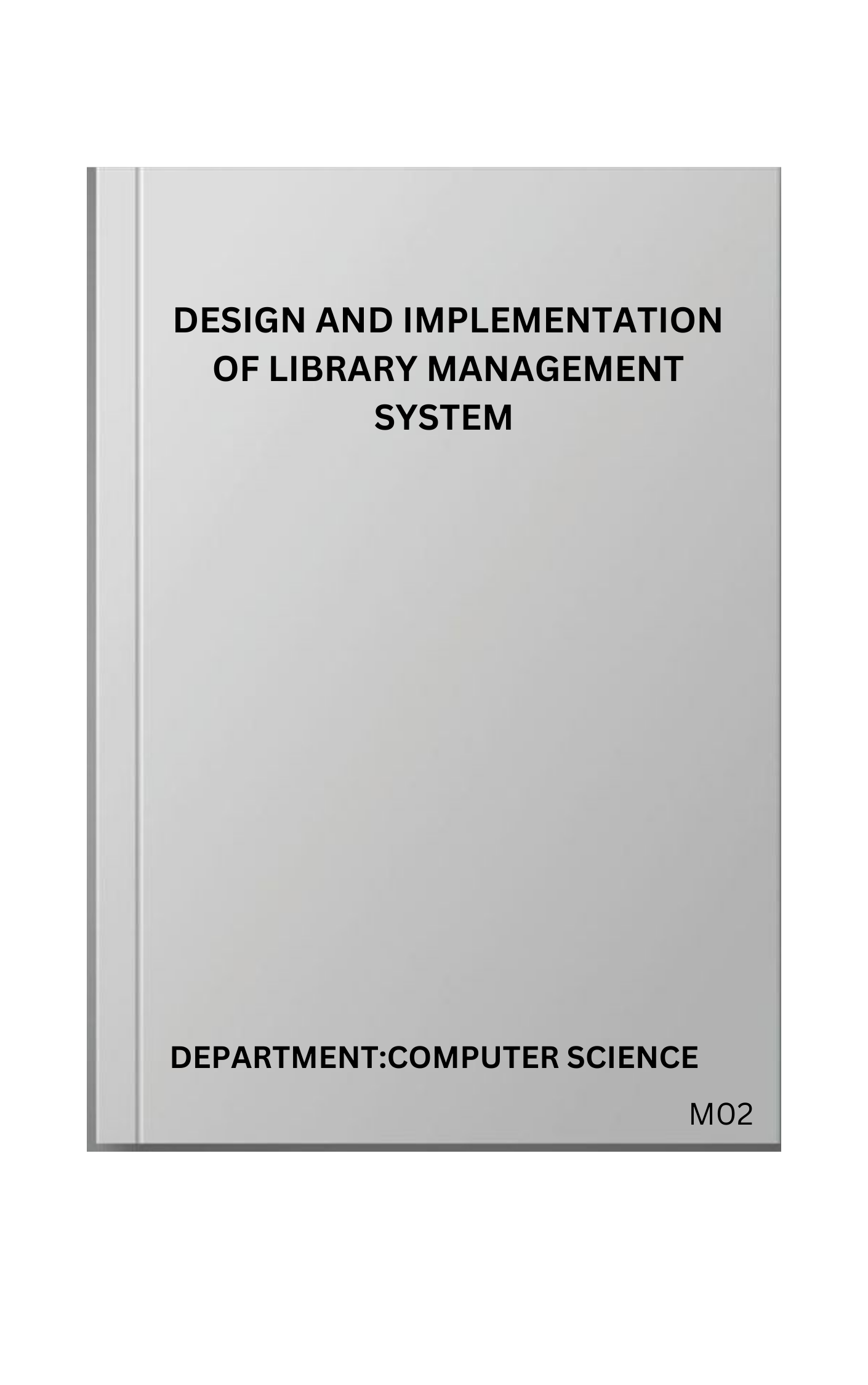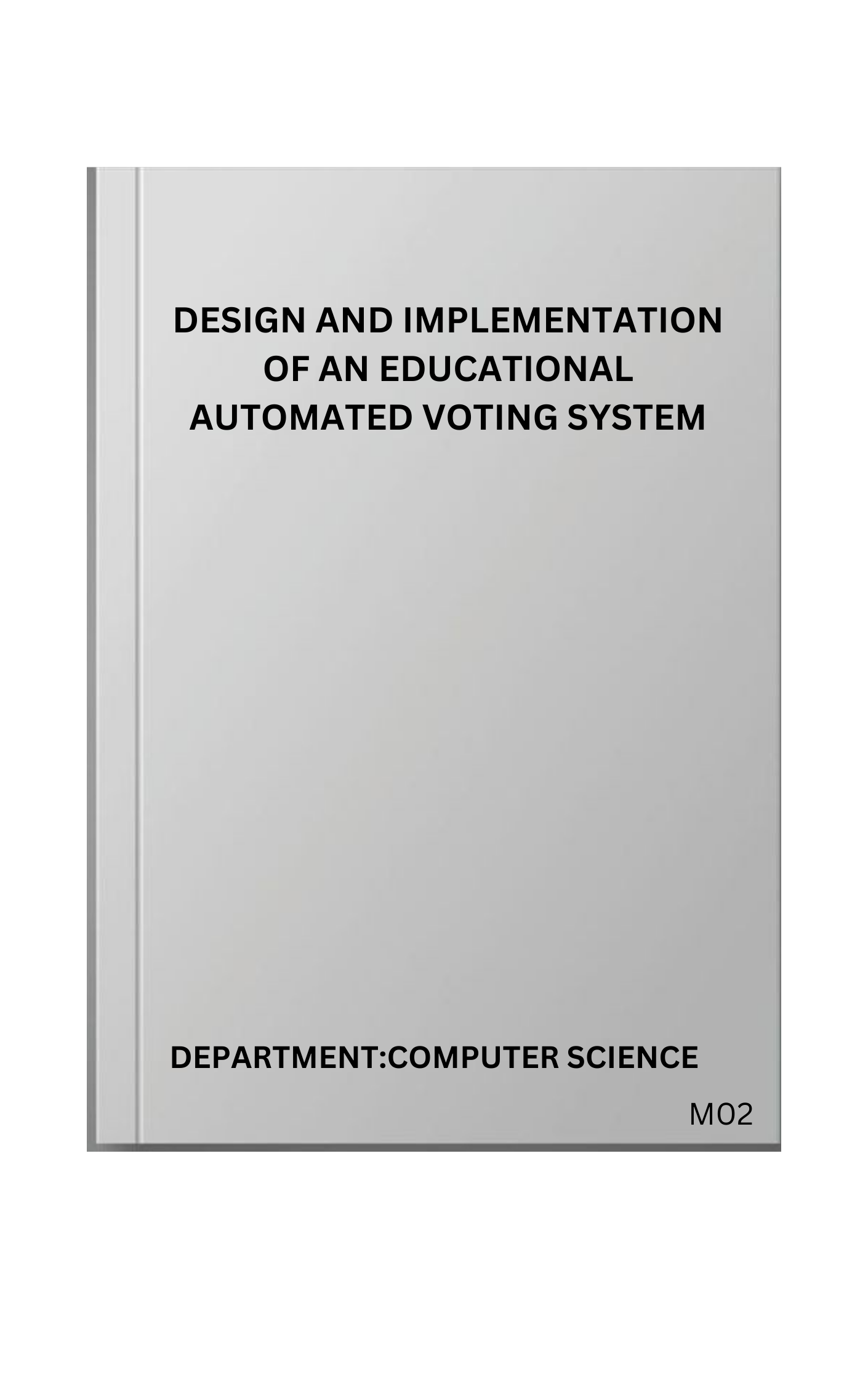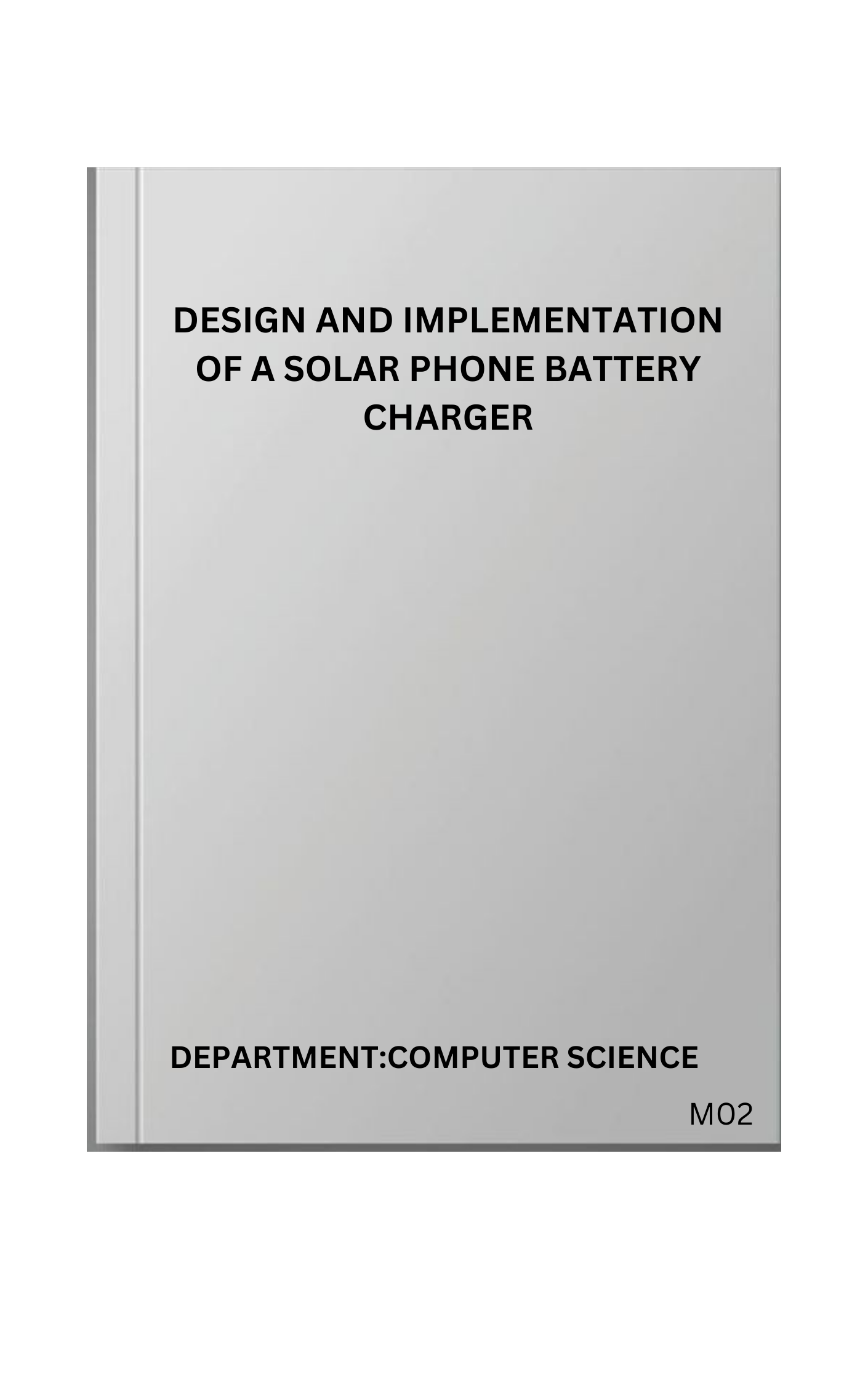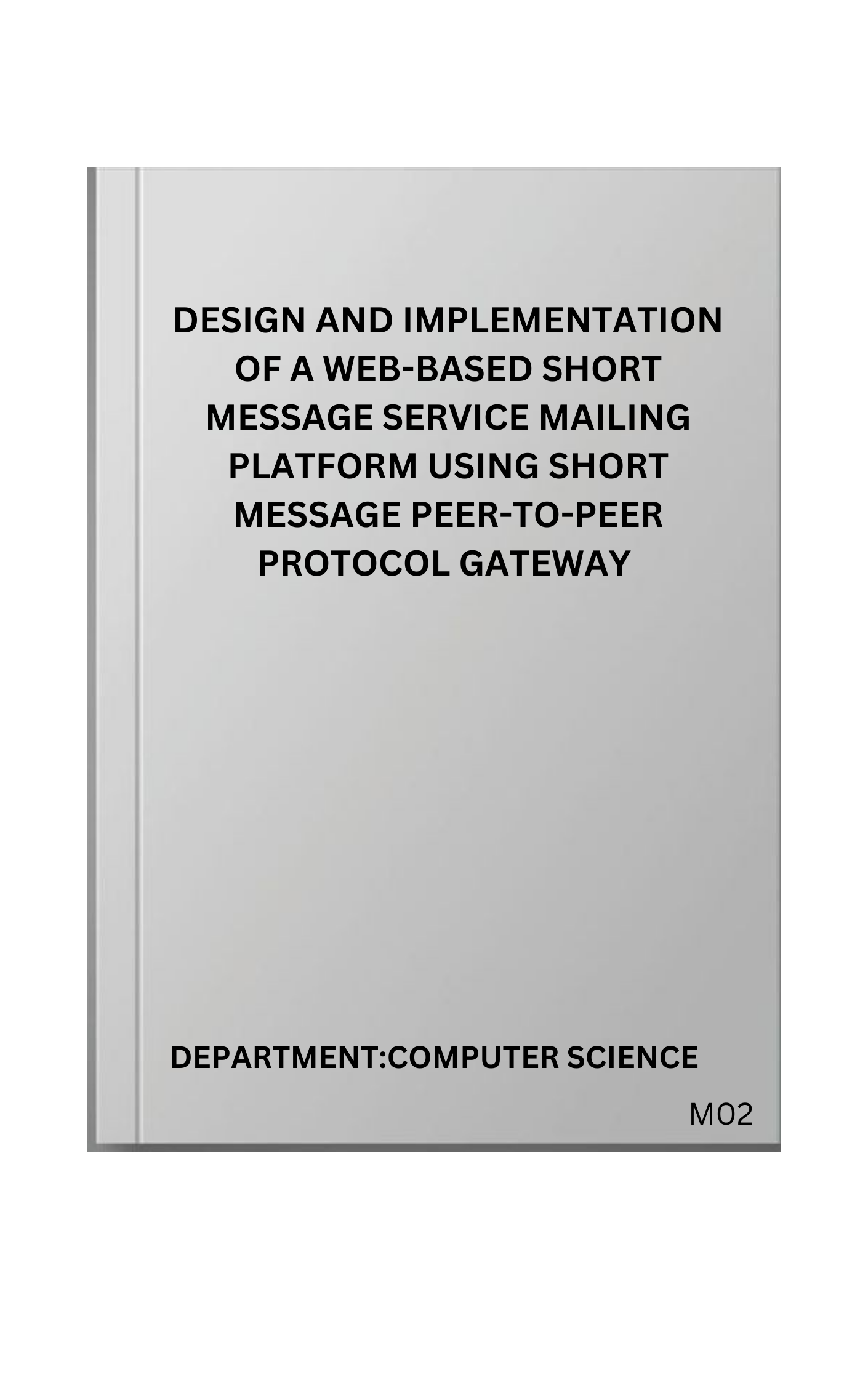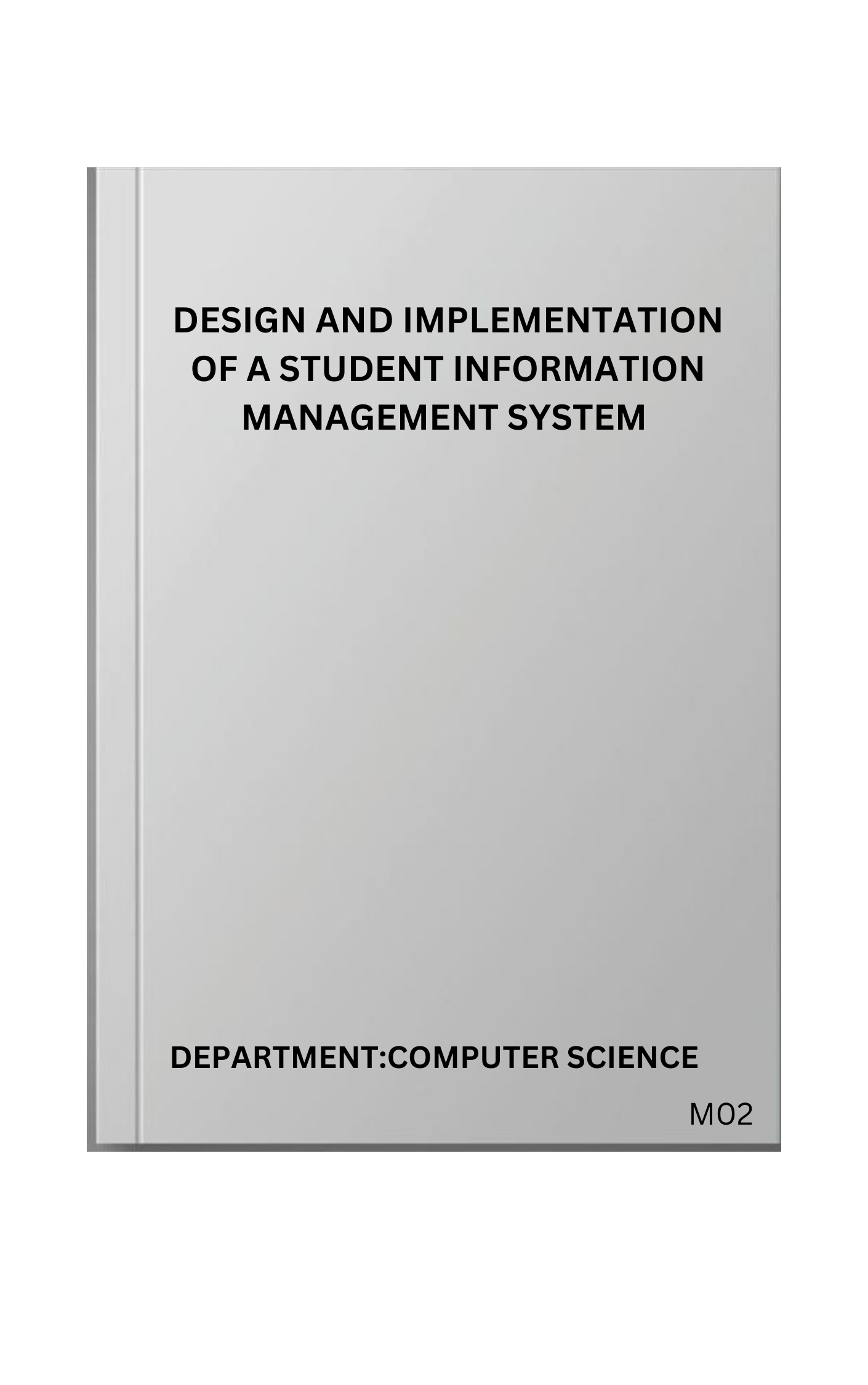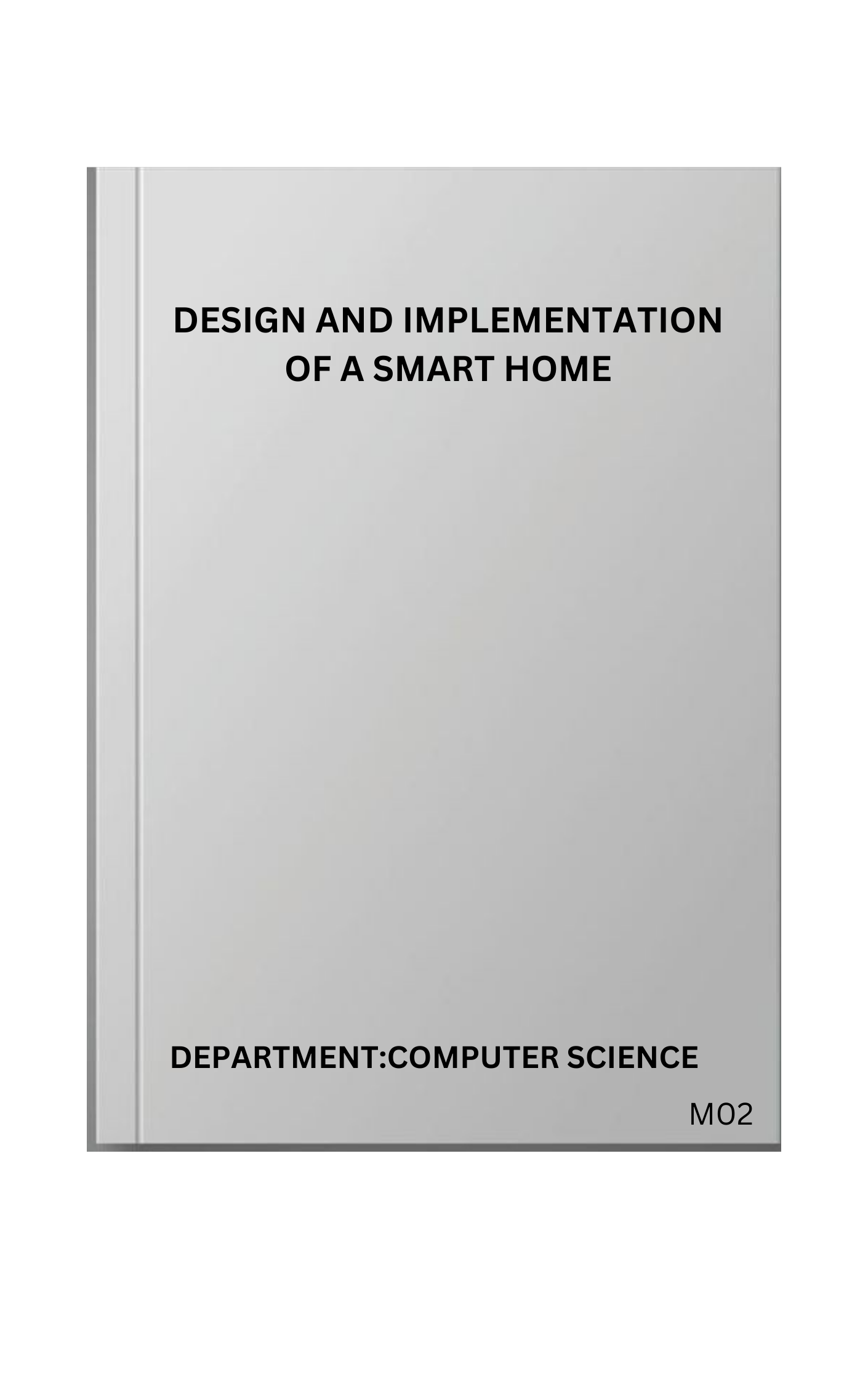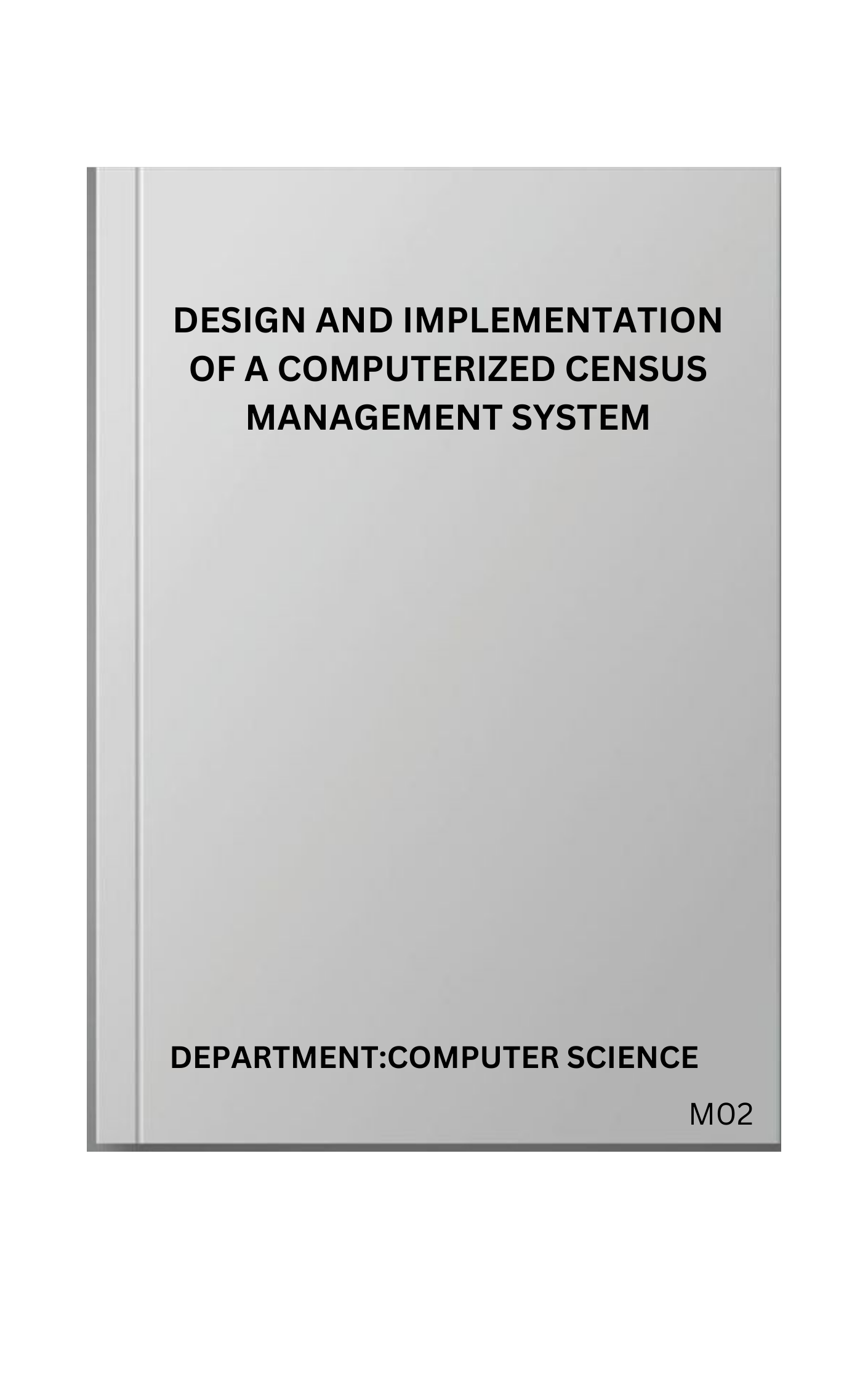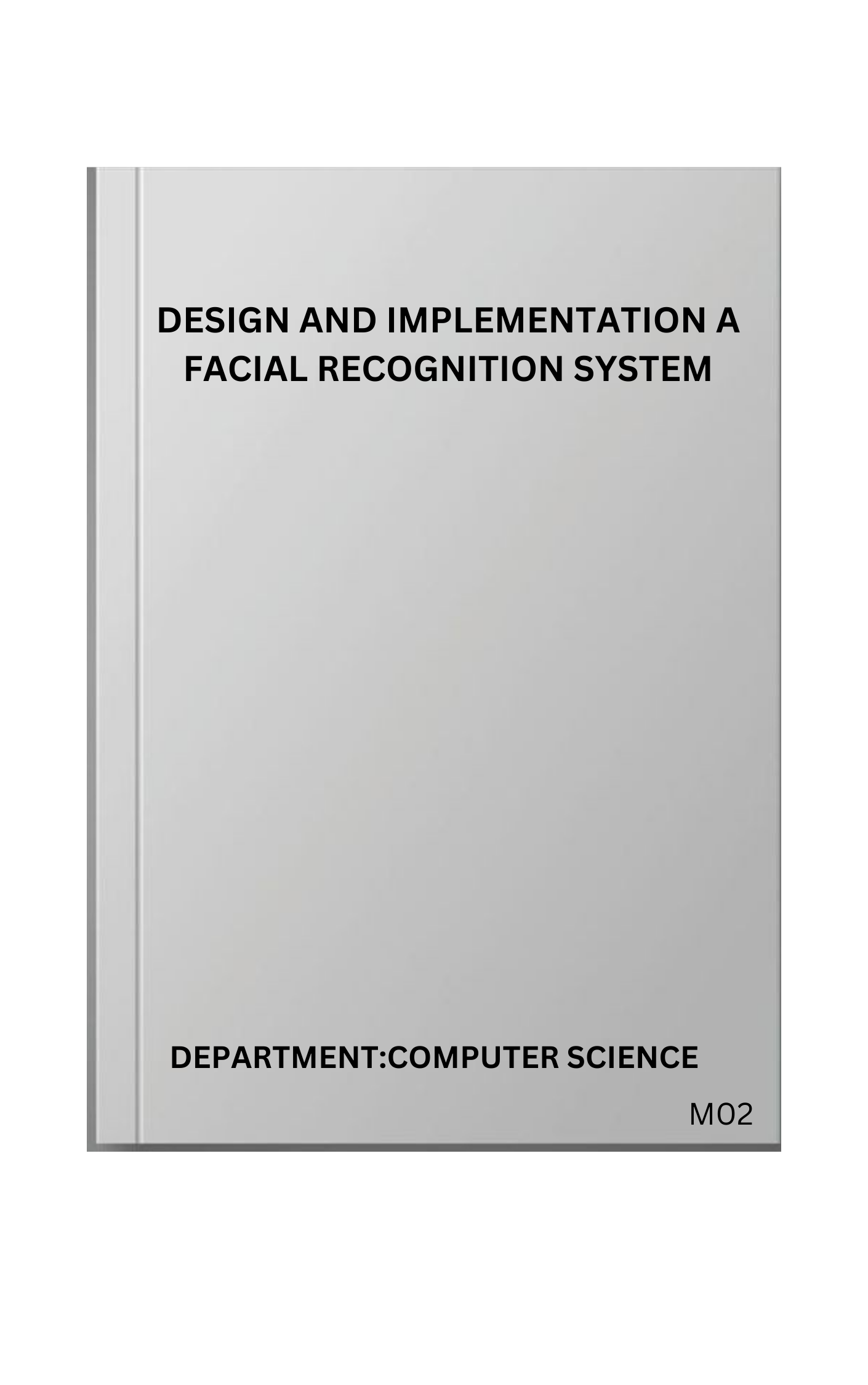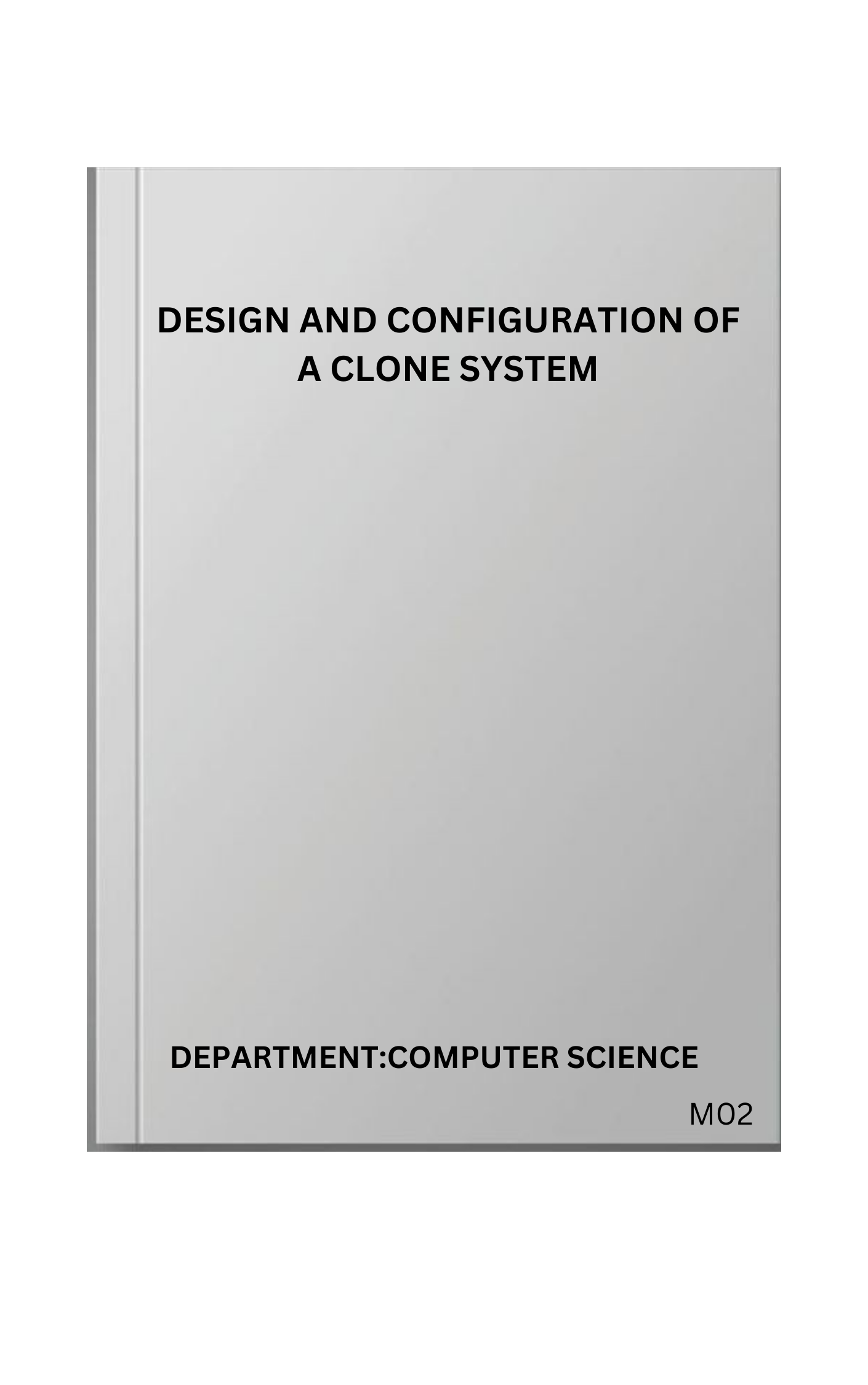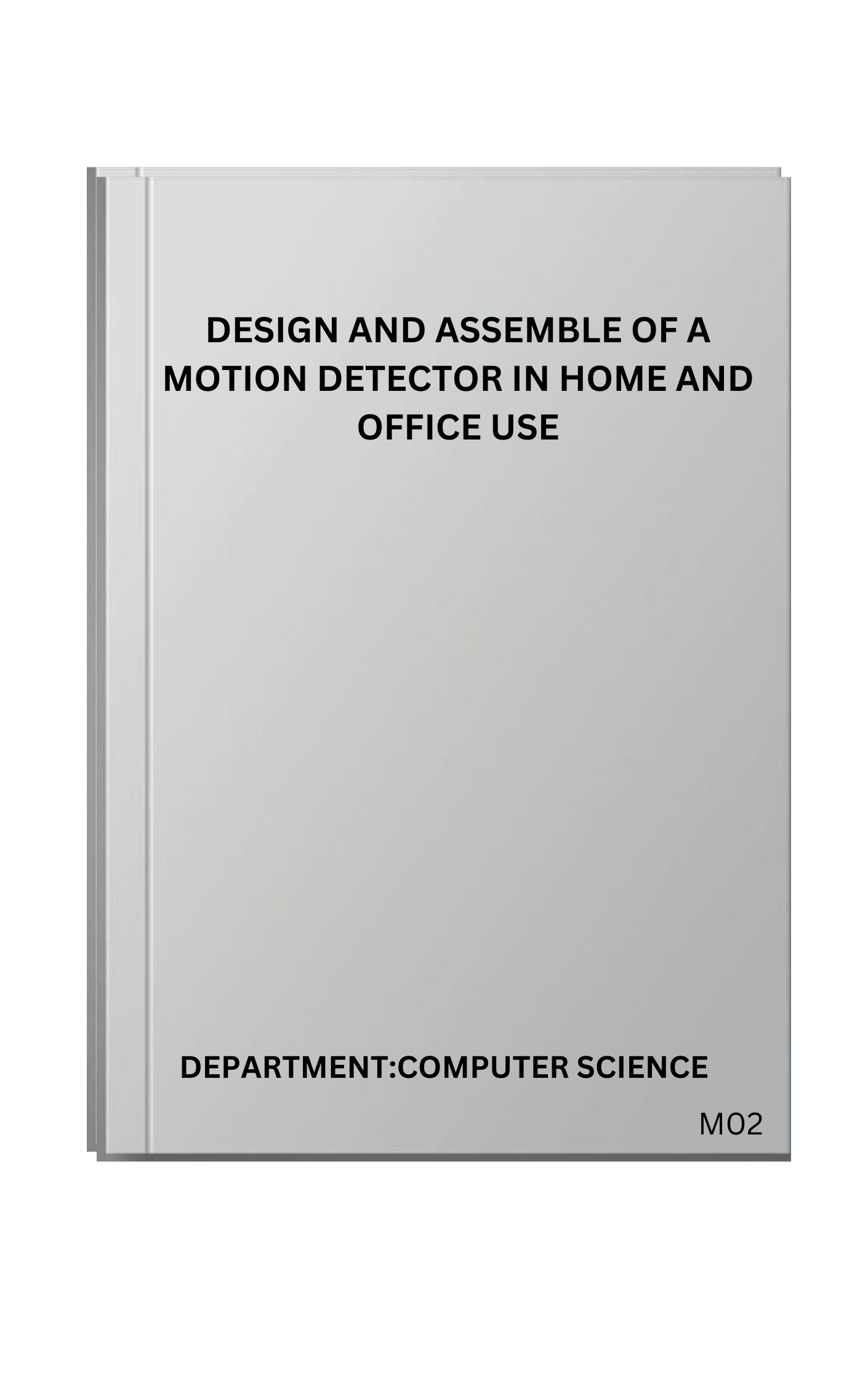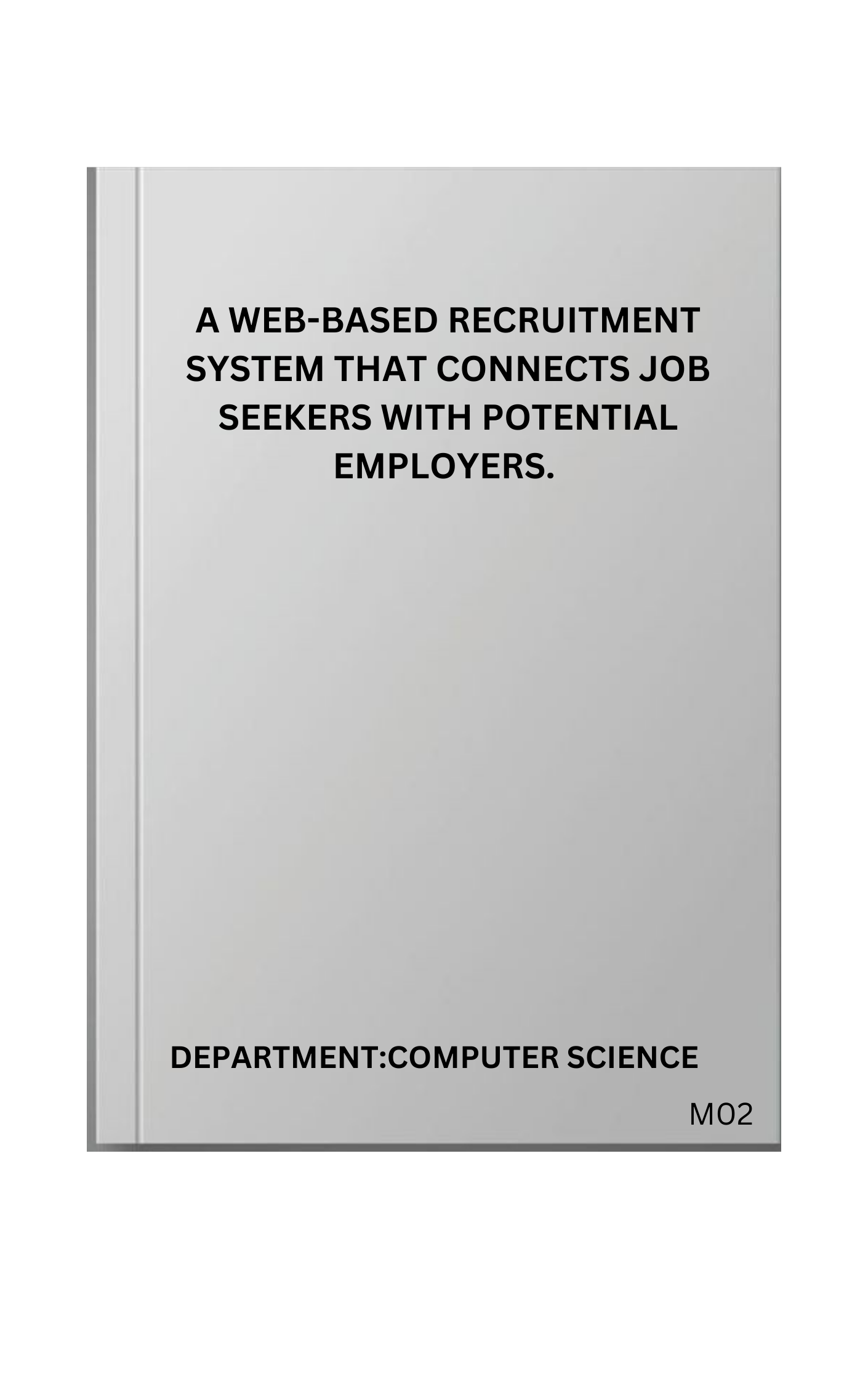CHAPTER ONE
INTRODUCTION
1.1 BACKGROUND OF STUDY
An ample evaluation of geologic and geotechnical subsurface conditions in an intended engineering site is critical for secured design of building structures, to avert the disastrous consequences of structural failure and collapse prevalent of late. In sub-soil evaluation, joint efforts must be decided to resolve the depth to competent layers across the intended site, to safeguard the durability of civil engineering structures i:e buildings, bridges, road and other infrastructures (Igwe and Umbugadu, 2020; Caleb and Gabriel, 2012). On the 1st of November 2021, it was reported that a 21-storey building on Gerard Road, Ikoyi, Lagos State collapsed killing many people, due to lack of quality assurance/control, poor management of the project and negligence by agencies responsible for approval and supervision of the building project (Premium Times Journalism Report, 2021). Premium Times report (2021), also stated that the building’s density and impediment on the site displayed a gross negligence of the Lagos State building moderations.
Over 50 percent of all building/structural failures in developing countries like Nigeria can be allied to geologic and geotechnical problems, in accordant with information provided by (Chendo and Obi, 2015). The geologic and geotechnical problems cover a wide spectrum from foundation defects caused by poor investigation of the nature/type of soils in the area to the subsurface geology underlying the area.
From the context of science, geoscientists and other soil practitioners have identified lack of adequate knowledge of the subsurface conditions as a major factor responsible for the collapse in structures. In addition, geological factors such as near surface geologic sequence, existing geological structures such as fractures/faults, boulders, voids, sinkholes, and the presence of weak/shear zones all constitute geohazards that can impair the stability of any engineering structure (Oyediran and Famakinwa, 2015; Adiat et al., 2017).
Soil characterisation serves as pre-investigation exercise before building construction is carried out especially for superstructures. Soil characterisation using the traditional techniques of borehole drillings at specific locations is used to produce a model of soil layers as well as gathering high-vertical-resolution data on textural properties (Van Dam 2012). These procedures are very expensive in terms of field cost and logistics.
In evaluating subsoil conditions in an engineering site, geophysical methods, plays a decisive role in the detection of subsoil properties for engineering site probing. Geophysical methods which are usually non-invasive have proven to be very vital tools for analysing and characterising the subsurface conditions for groundwater and engineering applications due to their large sampling rate (Giao et al., 2003; Papadopoulos et al., 2006; Soupios et al., 2007; Anderson et al., 2008; Popp et al., 2013). Moreso, the geophysical methods have been reported to enhance the reliability, speed, and reduction in cost of geotechnical investigations (Anderson et al., 2008; Arjwech and Everett, 2015). The use of geophysical methods for stratigraphic mapping rely on a good contrast in the physical properties being measured making them necessary and adequate for picturing the subsurface.
Mansoor and Slater (2007) used Electrical Resistivity Imaging (ERI) survey for the investigation of spatial and temporal variations of fluid conductivity in wetland soils. In another studies, (Ayolabi et al. 2012; Adeoti et al. 2018) used geophysical and geotechnical methods for the characterisation of subsurface geological units in wetland area of coastal plain of Lagos.
In this present study, an effort to better understanding the subsurface geology of the study area using the integration of electrical resistivity imaging (ERI) and multi-channel analysis of surface waves (MASW) techniques was undertaken. This becomes necessary in order to delineate the subsurface soils into geologic sequence beneath the study area, and determine the geophysical properties of the soil and their suitability for the engineering structural development at study site. These are the main focus in this project work.
1.2 AIMS/ OBJECTIVES
The aim of this study is to integrate electrical resistivity imaging and seismic refraction tomography to map the lithology and assess the subsurface structure in an engineering site, located at the Petroleum Training Institute facility at Osubi, Delta State, Southern, Nigeria
The objectives are:
i.To acquire 2D ERT data using the Wenner-Schlumberger field technique and seismic refraction data along four (4) profiles to a spread length of 100.0 m.
ii.To Collate and Process the 2D apparent resistivity and seismic data to produce the 2D resistivity-depth structure and velocity section of the subsurface to define the lateral and vertical geological structures within the subsurface.
iii.To interpret the 2D apparent resistivity/seismic velocity images to delineate the subsurface soils into geologic sequence beneath the study area.
iv.To Determine the geophysical properties of the soil and their suitability for the engineering structural development of the site.
PAY TO GET COMPLETE PROJECT

